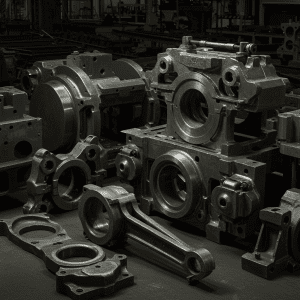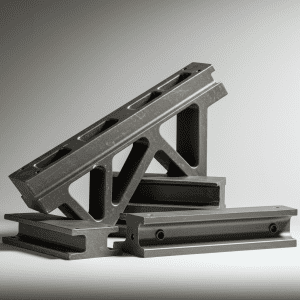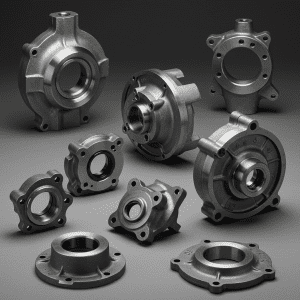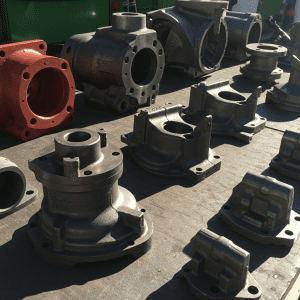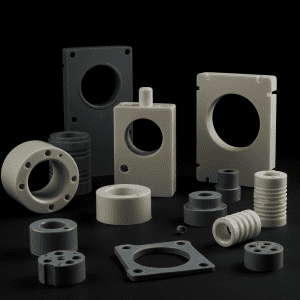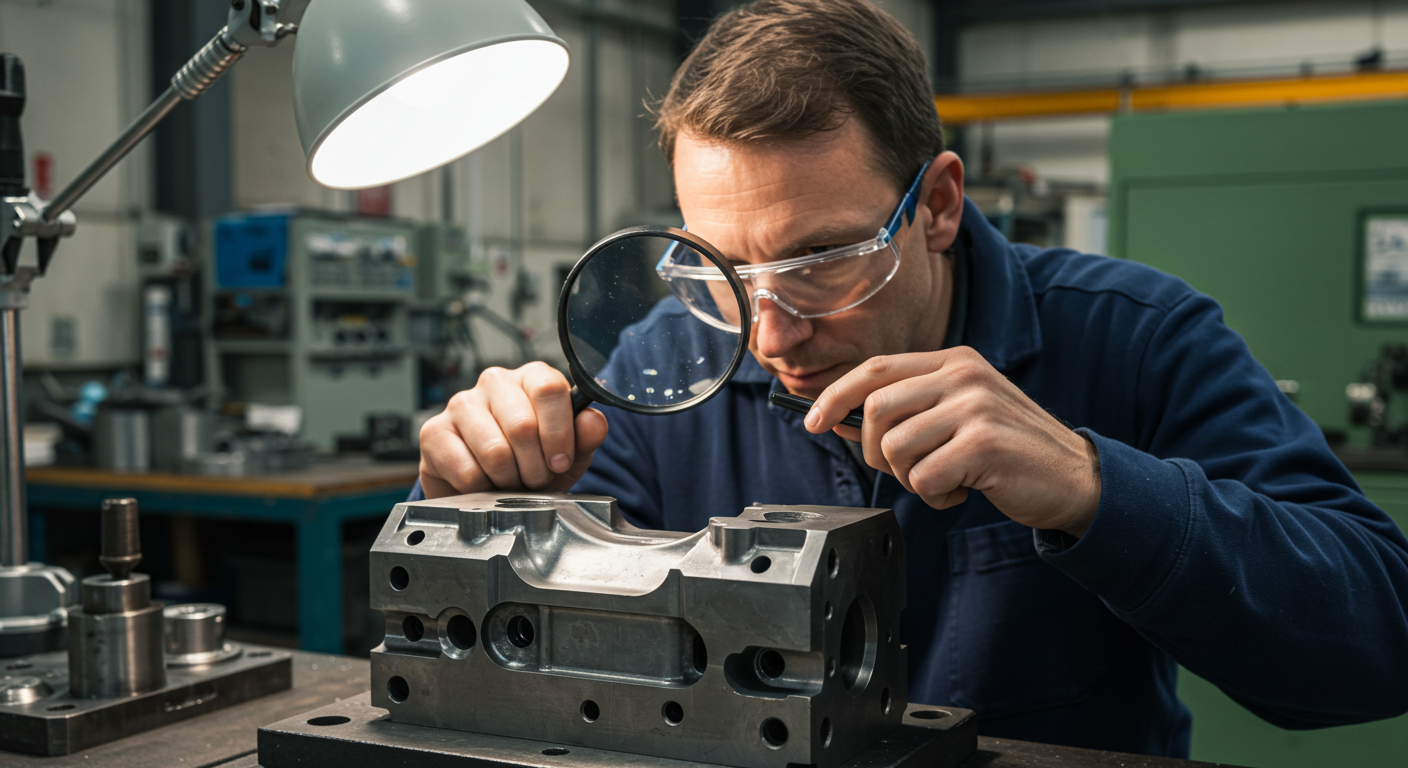Reliable Supplier Precision Casting parts
Frequently Used Custom Metal Casting parts
PRIME builds precision Casting parts to the highest standards of strength, reliability, and customization
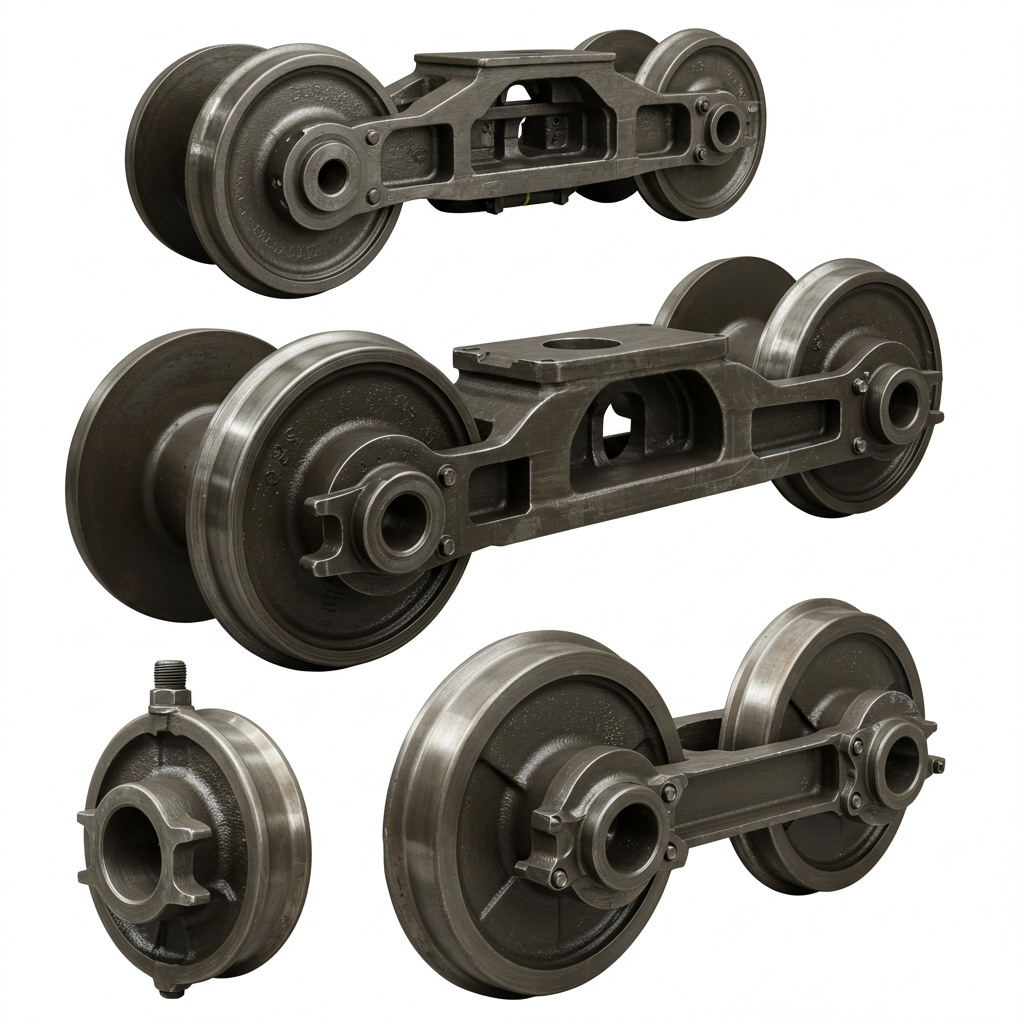
Railway Wheel
Applications: Rail Transit, High-Speed Trains, Freight Wagons
Industry intro: The rail industry demands components that deliver extreme durability and consistent performance under heavy loads and high speeds. Railway systems prioritize safety, long service life,
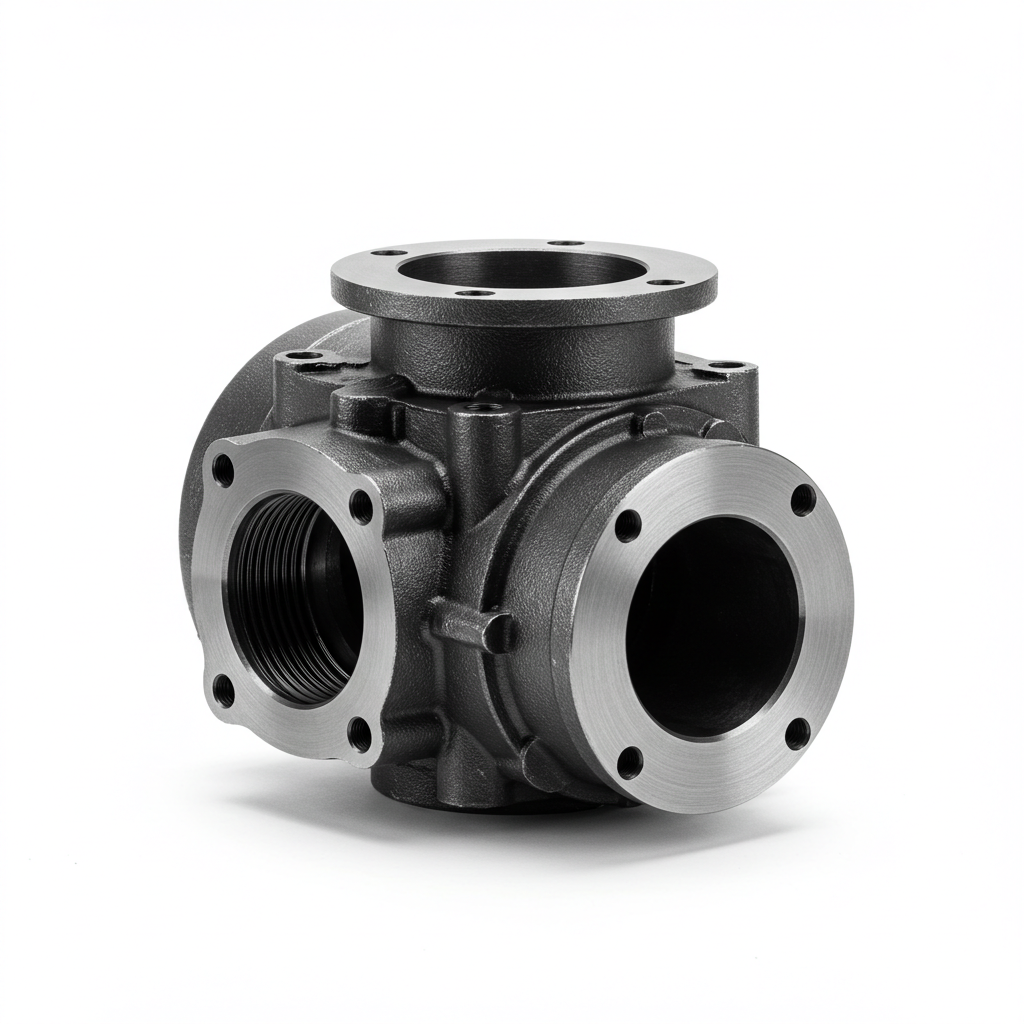
Pump Bodies
Applications: Oil & Gas, Petrochemical, Power Generation, Water & Wastewater, Marine
Industry intro: The flow-control and rotating-equipment sectors demand valve and pump casings that withstand high pressures, corrosive media, thermal cycling, and continuous duty.

Valve Pump
Applications: Thermal Power Stations, Nuclear Cooling Loops, Biomass & Geothermal
Industry intro: Power plants rely on precision valve trims and high-head pumps to control temperature, pressure, and flow in critical circuits. The industry prioritizes fail-safe operation
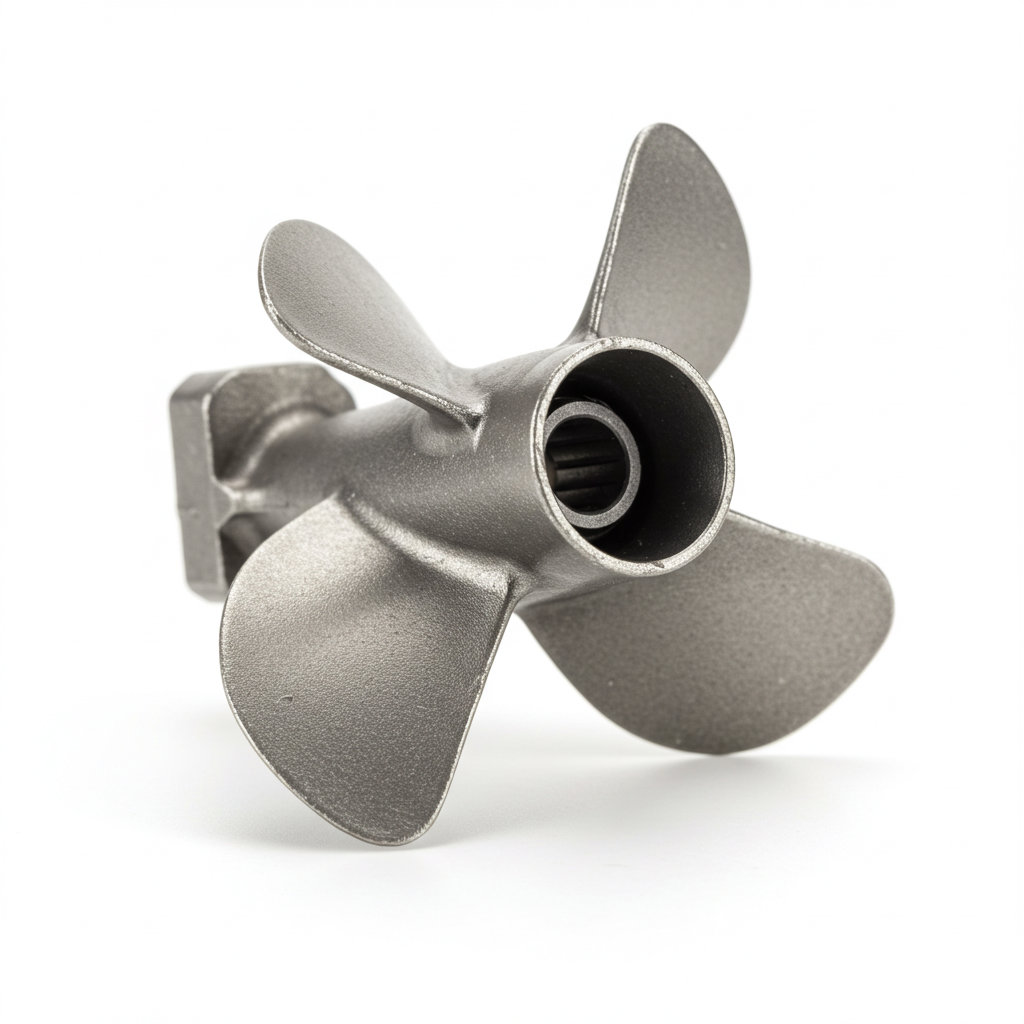
Boat Propellers
Applications: Naval Craft, Coast Guard, Rescue Vessels
Industry intro: Defense and rescue fleets rely on propellers that ensure dependable thrust, low acoustic signature, and robust durability under dynamic loads. Mission readiness, safety
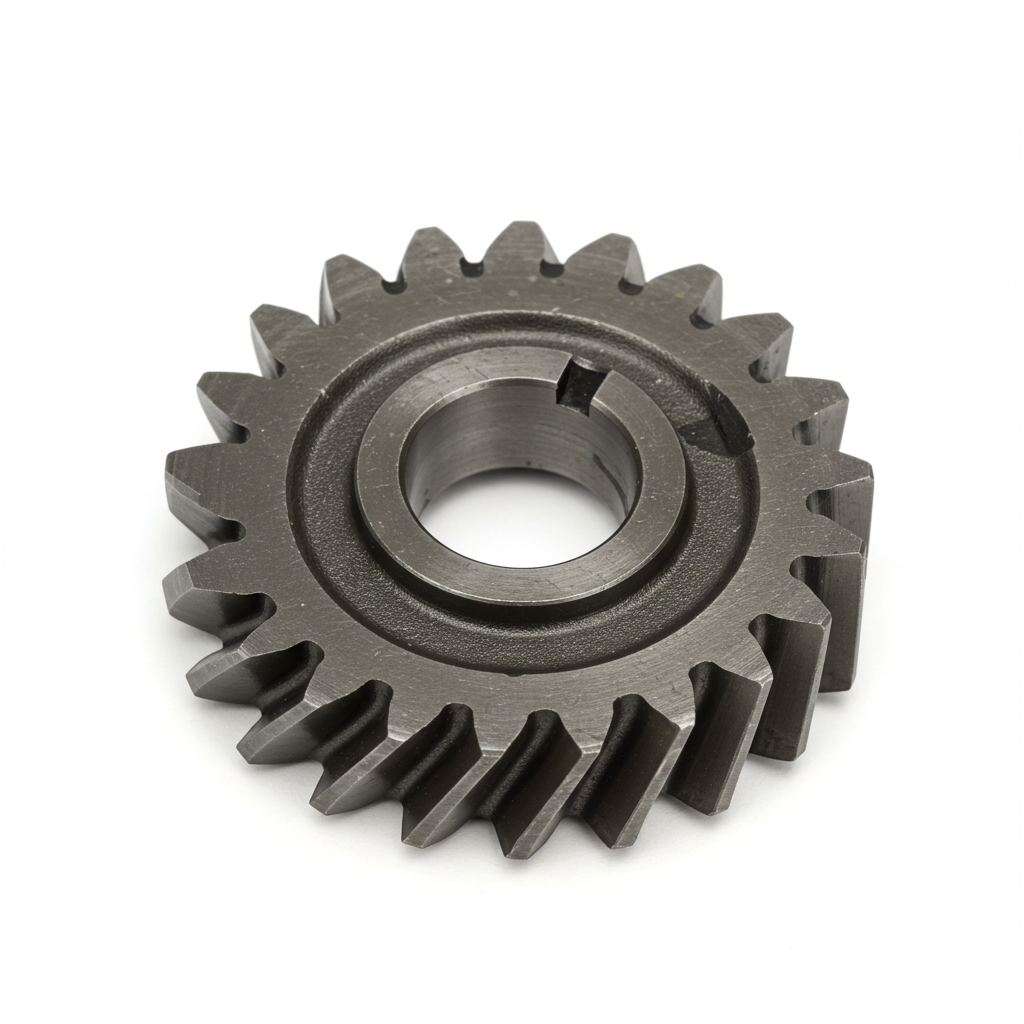
Gear Wheel
Applications: Rail Transit, High-Speed Trains, Freight Wagons
Industry intro:For modern rolling stock, must balance strength with low NVH (noise, vibration, harshness). Optimized profiles and surface finishes ensure efficient power
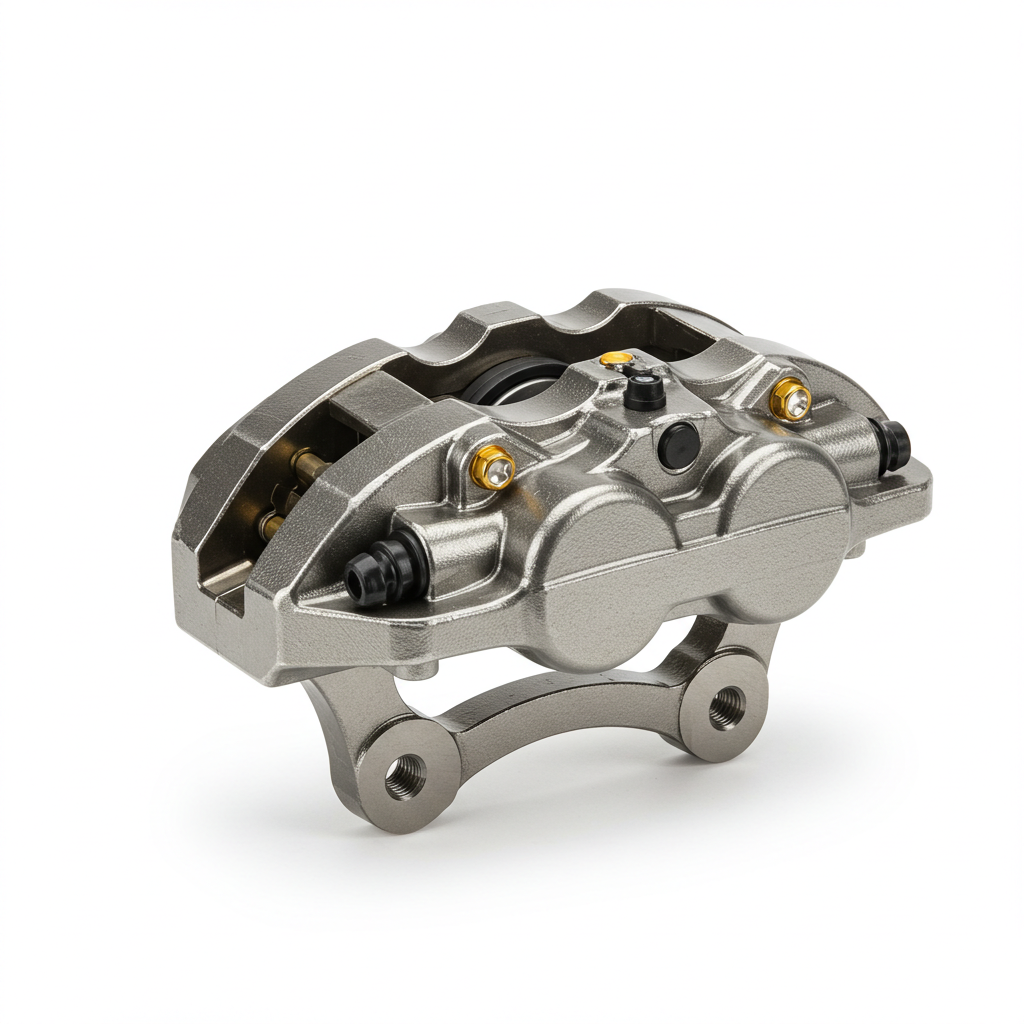
Brake Caliper
Applications: Metro, Light Rail, Locomotives
Industry intro:Rail operators demand brake calipers engineered for high clamp stability, even load distribution across pads, and minimal fade. Durable designs reduce overhaul
Gain a Competitive Edge: The PRIME Advantage in Metal Casting
Your metal casting supplier impacts everything: quality, timelines, and cost. PRIME delivers. With decades of expertise, cutting-edge technology, and an unwavering quality commitment, we are the strategic partner you can trust for scalable, precision-crafted castings delivered globally.
"Need Casting Parts That Actually Meets Your Specs?"
Submit your drawings, specs, or samples for a fast response. Our engineers will provide material recommendations, technical analysis, and a competitive quote within one business day. Partner with PRIME to get the quality, durability, and reliable service your supply chain requires.
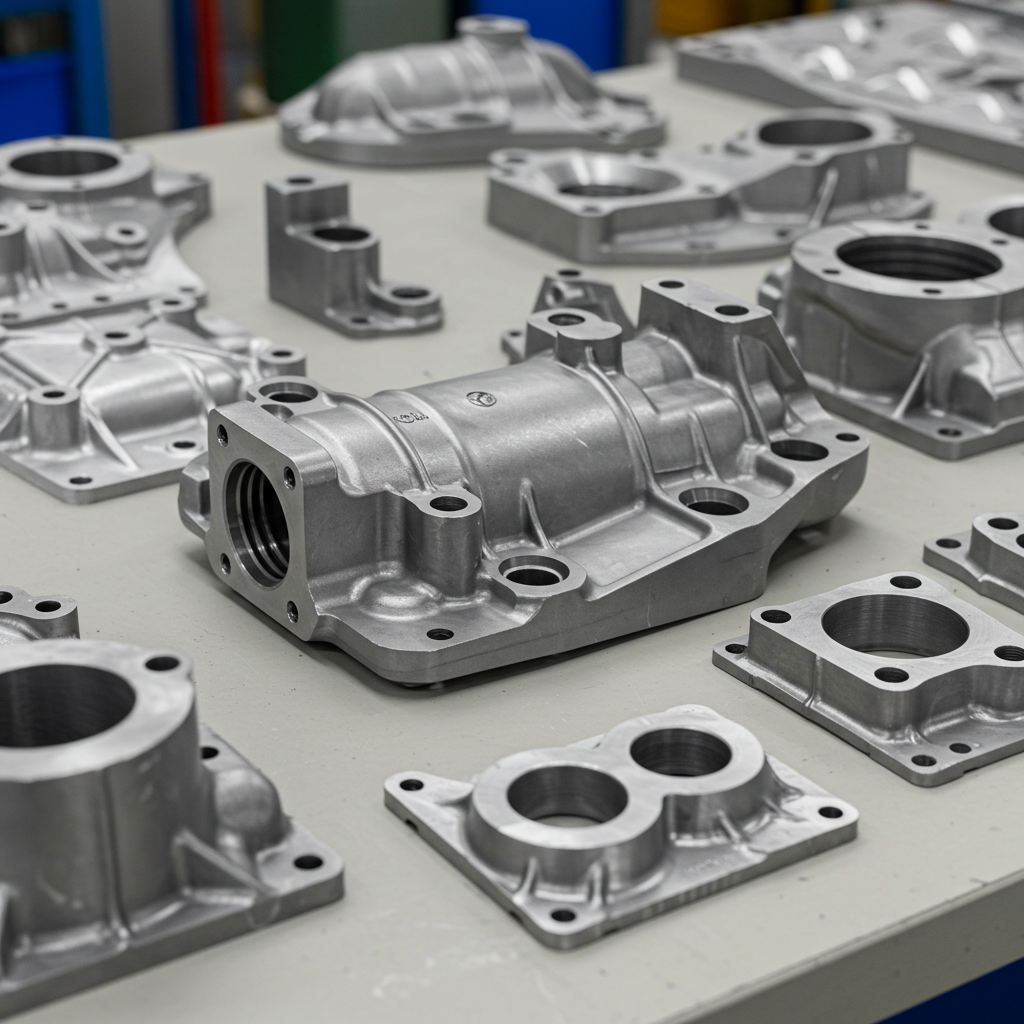
Precision cast parts—produced by investment, sand, or centrifugal casting—are vital across construction, automotive, energy, and machinery industries. Prime specializes in customized casting parts with end-to-end process control.
Custom-Engineered Casting Parts for High-Stakes Applications
Precision cast components power critical equipment across industries—from construction and rail to petrochemical and marine. These customized castings provide the strength, corrosion resistance, and fatigue performance required for safe, long-lasting operation.
At Prime, we provide turnkey casting solutions: engineering, prototyping, mass production, and global logistics—ensuring your parts meet the toughest industry standards.
Frequently Asked Questions (FAQs): Casting Parts
Tired of unclear communication and sourcing complexities? Our detailed FAQs provide straightforward answers to your casting questions, simplifying your procurement process and reducing risk.
Our foundry capabilities encompass major casting processes: sand casting for flexibility, die casting for high-volume precision, investment casting for complex geometries, and gravity casting for quality non-ferrous parts. Process selection is based on a technical assessment of your part design, material alloy, and production volume requirements.
Certainly. We excel at producing custom castings based on your designs. You’ll benefit from our engineering expertise and guidance at every stage of the process.
We produce castings in aluminum, iron, steel, brass, and other alloys, ensuring the material matches your application for optimal performance, cost, and durability.
You receive reliable quality backed by our ISO certification and multi-stage inspection process, which includes material, dimensional, and final validation. For added assurance, we coordinate accredited third-party inspections to meet your compliance needs.
You can count on consistent, high-quality castings, batch after batch. We achieve this through state-of-the-art machinery, highly trained personnel, and rigorously controlled processes designed to hold tight tolerances.
Do you offer design support in addition to manufacturing?
First:What is the definition of a metal casting in manufacturing?
Think of metal casting like making a custom-shaped ice cube. Instead of water, you pour molten metal into a precisely shaped mold. When it cools, you have a solid metal part, often with complex shapes that would be hard to carve from a solid block.
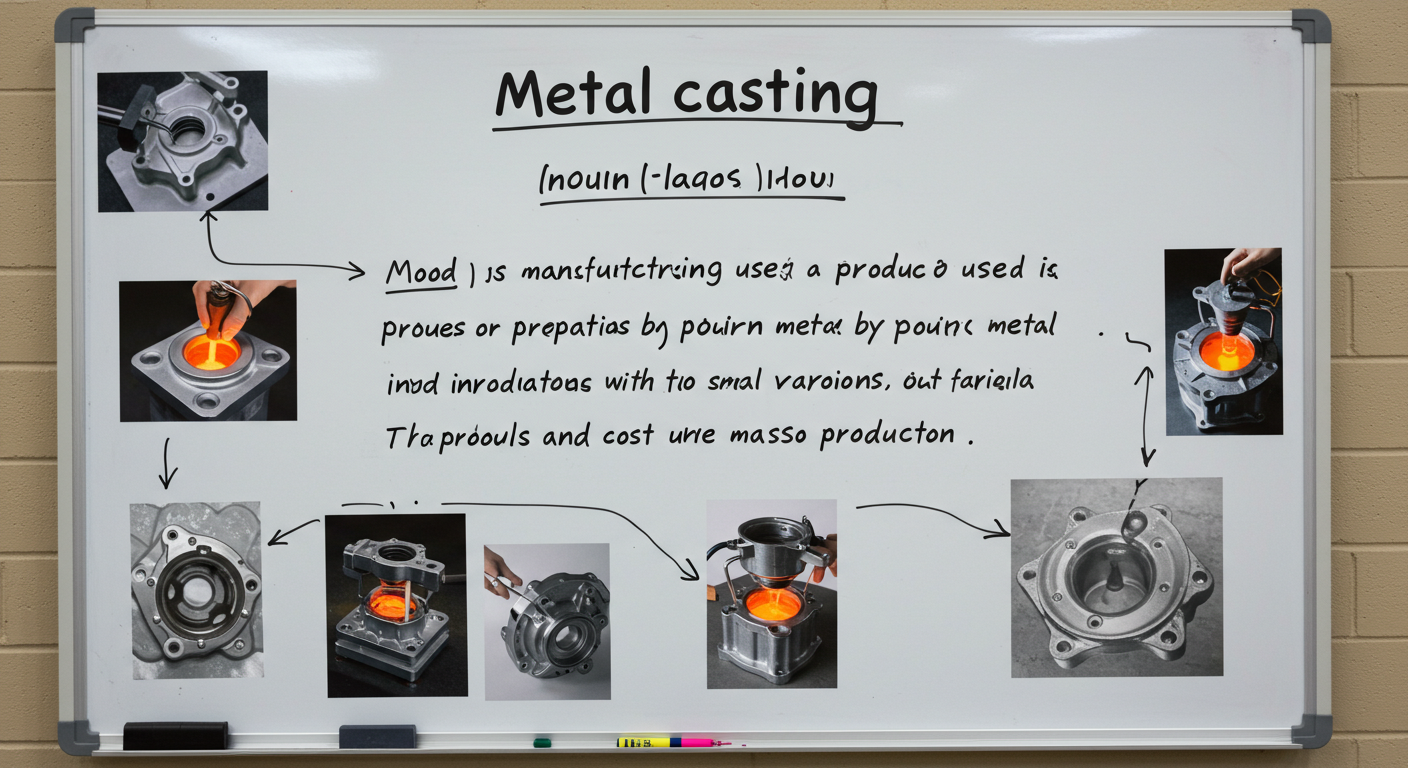
Choose metal casting for design freedom, cost-effective medium-volume production, and high-strength results. It’s the go-to method for creating intricate, robust parts in sectors from automotive to energy where durability and complex geometries are key.
Attributes of Cast Metal Components
Simplify your supply chain and reduce labor. Metal casting creates complex, finished structures—like pump bodies and engine casings—in one piece, drastically cutting down on assembly time and cost.
Compatible with a wide range of metals and alloys—including gray iron, ductile iron, aluminum, copper, and stainless steel. This allows for flexible material selection based on performance needs like strength, corrosion resistance, and thermal conductivity for various applications.
Achieve mass production efficiency without sacrificing quality. Die casting and precision casting deliver high consistency and tight tolerances (±0.1mm or higher), perfect for high-volume runs of standard components.
Surface finish varies by process, ranging from a rough texture (e.g., sand casting at Ra 12.5 μm) to a smooth finish (e.g., precision casting at Ra 3.2 μm). Treatments like sandblasting, electroplating, or painting can enhance both appearance and corrosion resistance.
Primary Metal Casting Methods
- Sand Casting: For maximum flexibility across production volumes, sand casting is the preferred choice. It efficiently produces everything from one-off custom pieces to large, intricate components in small or large batches.
- Investment Casting/Lost Wax Casting: Achieve complex miniaturization without sacrificing quality. We produce small, detailed components with exceptional surface finishes for precision applications.
- Die Casting: High-pressure die casting injects molten metal into steel molds for high-volume production.
- Low Pressure Casting: For superior precision, low-pressure casting gradually fills the mold from below, reducing turbulence and ensuring higher quality castings.
- Centrifugal Casting: Centrifugal force from high-speed rotation distributes the molten metal evenly against the mold's inner wall.
- Shell Molding:An advanced sand casting technique employs molds made from resin-coated sand, enhancing dimensional accuracy and surface finish.
Key Industries Using Metal Casting
Castings enable complex shapes and high strength, making them crucial for lightweighting and cost efficiency.
High strength and excellent wear resistance, ideal for heavy-load applications.
Exceptional durability, built for harsh outdoor conditions and long-term reliability.
Engineered to absorb significant impact forces while maintaining exceptional stability and operational safety.
Designed for extreme environments characterized by high temperature, high pressure, and heavy loads.
Second: Casting Parts and Manufacturing Processes
Comprehensive for Guidance Castring parts
This guide is designed for both first-time buyers and seasoned professionals seeking a deeper understanding of metal casting. We will demystify core concepts, clarify critical processes, and demonstrate how Prime Foundry’s solutions are engineered to overcome the specific challenges faced by industrial purchasers. Our commitment is to empower you with actionable knowledge, enabling informed decision-making and confident project advancement.
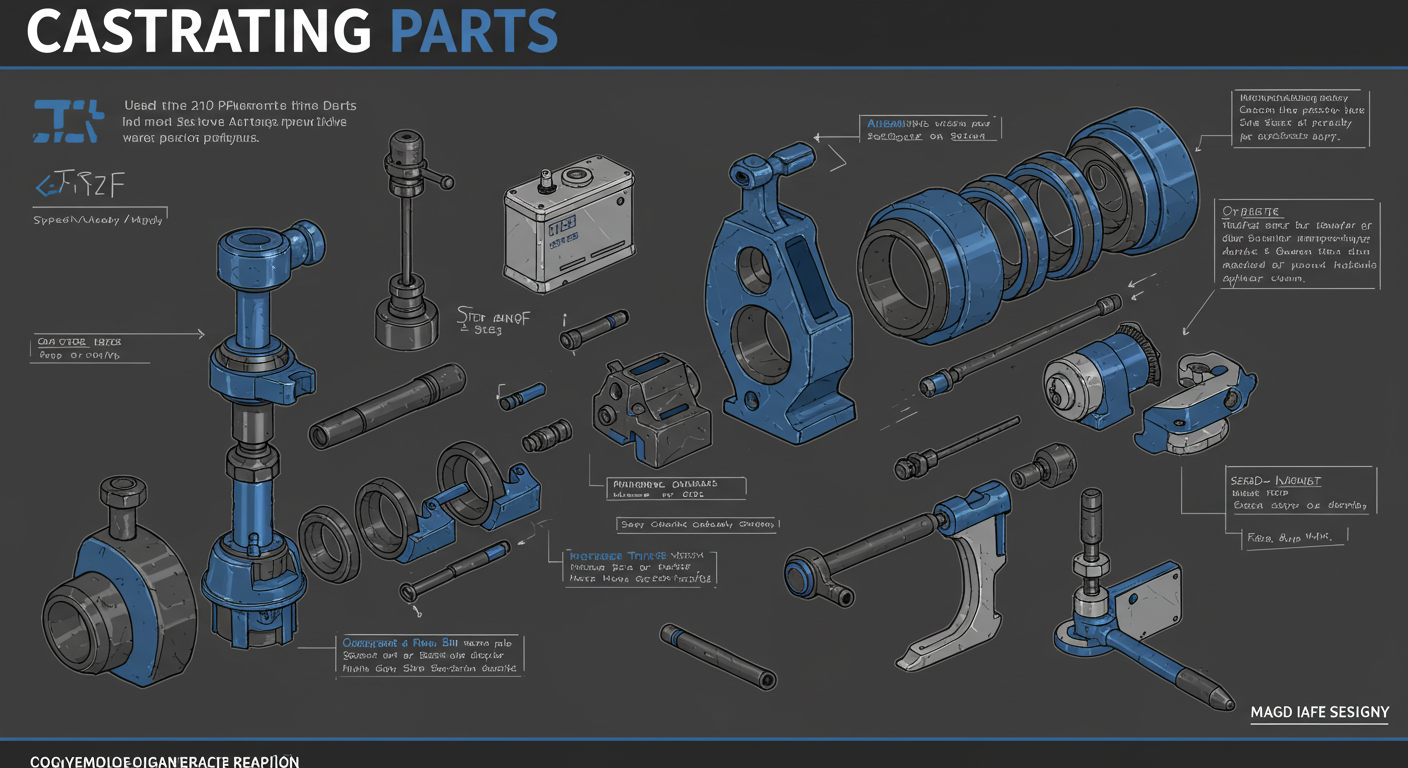
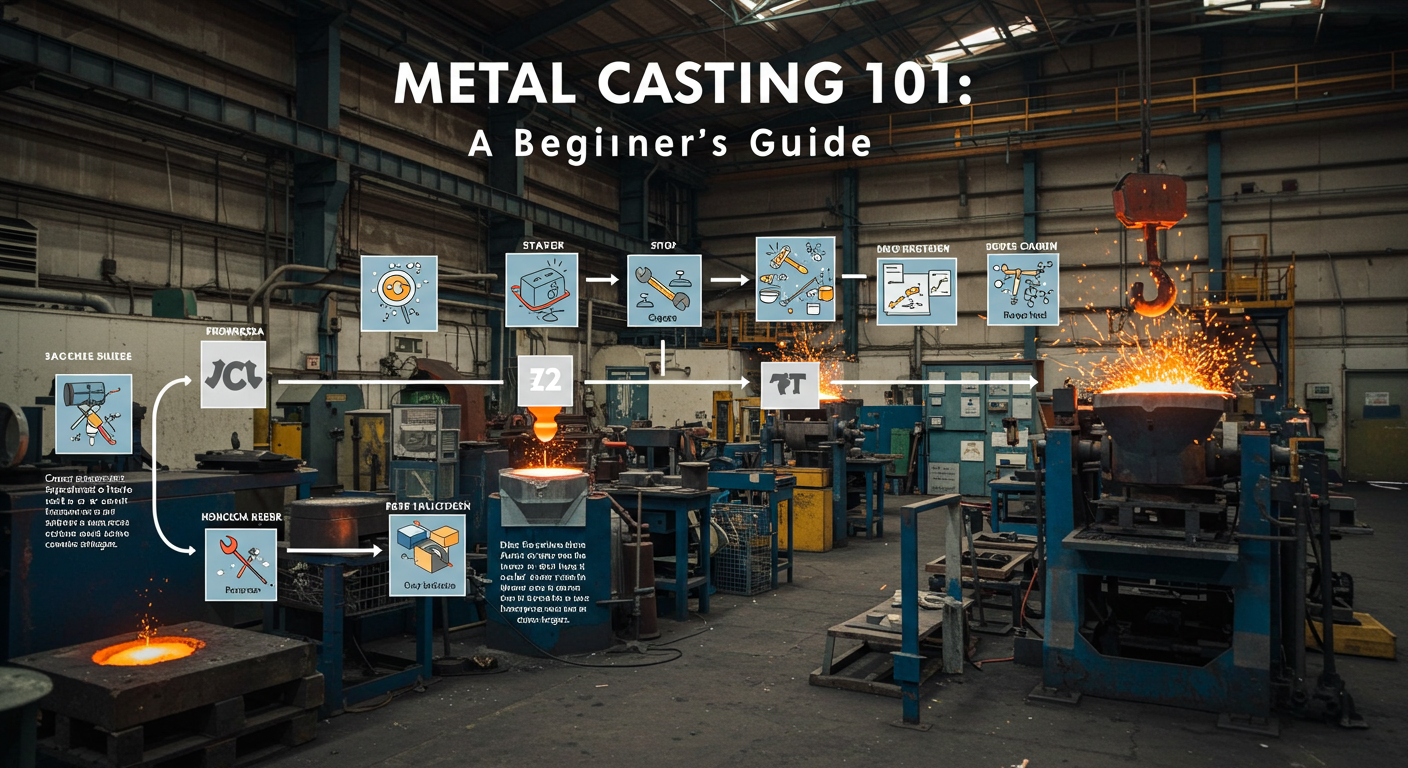
Metal Casting 101: A Beginner's Guide
Metal casting is a manufacturing process where molten metal is poured into a mold to create a specific shape as it solidifies. This method is ideal for producing complex, high-strength components with cost-efficiency, making it a cornerstone of large-scale production for industries like automotive, machinery, and energy.
Selecting the Optimal Casting Process for Peak Performance
Selecting the optimal casting method is critical for balancing cost, quality, and reliability. Prime rejects one-size-fits-all approaches. Our engineers analyze your project’s specific needs to recommend the ideal casting process. Below are our key capabilities:
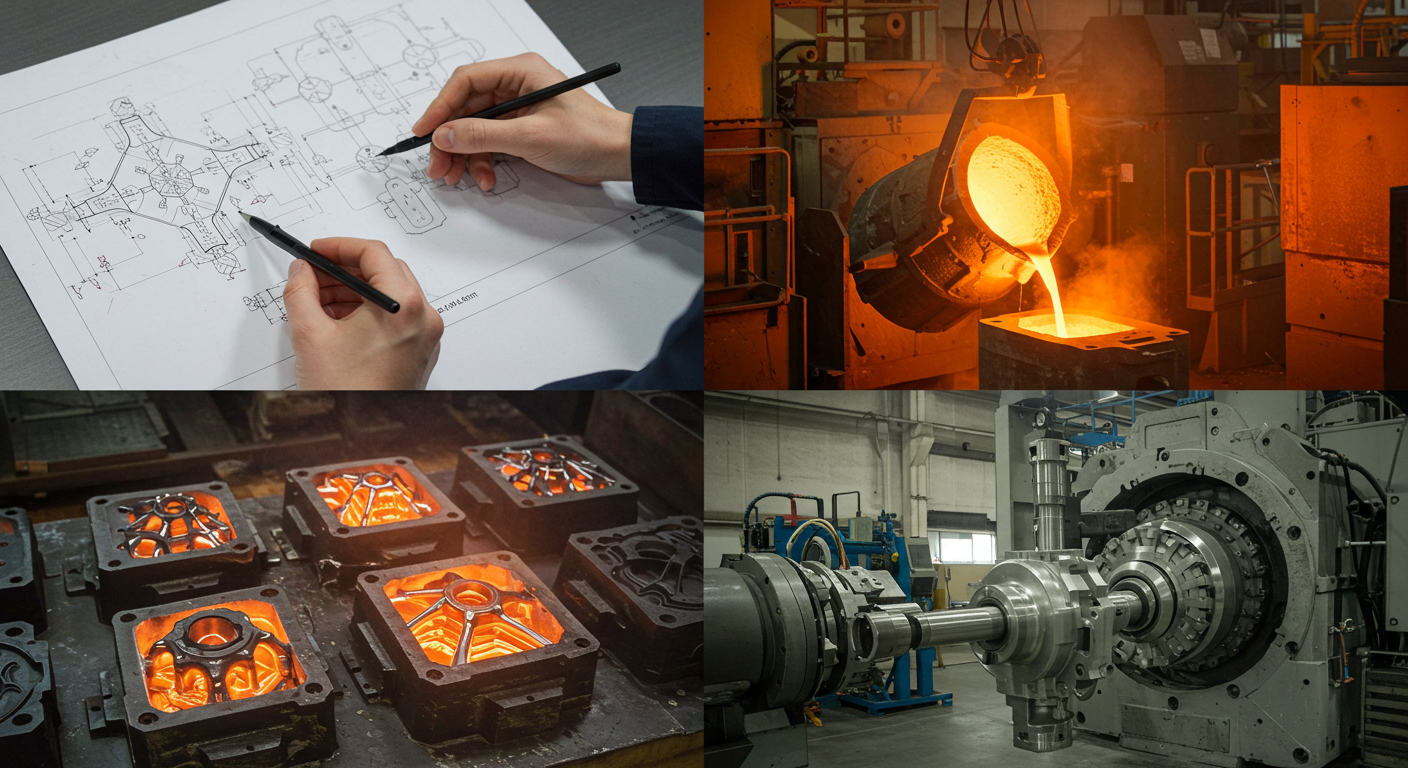
1. Achieving Complex Part Designs with Precision Casting
Think of precision casting (or lost-wax casting) like creating a detailed metal sculpture using a ceramic “negative.” First, a model is made from wax. That model is then encased in ceramic. The wax is melted away, leaving a perfect hollow shape inside the ceramic. Molten metal is poured into that shape, and once it cools, the ceramic is broken away to reveal a complex, high-quality metal part. This is why it’s used to make precise items like aircraft components and medical devices.
2. The Foundational Process for Heavy Industrial Manufacturing.
A versatile and cost-efficient manufacturing process ideal for producing large, heavy-walled, or geometrically complex components. It is a cornerstone technology for industrial parts like pump housings, machine tool structures, valve bodies, and heavy equipment. The process supports a wide range of ferrous and non-ferrous metals and is valued for its rapid mold production and low tooling costs.
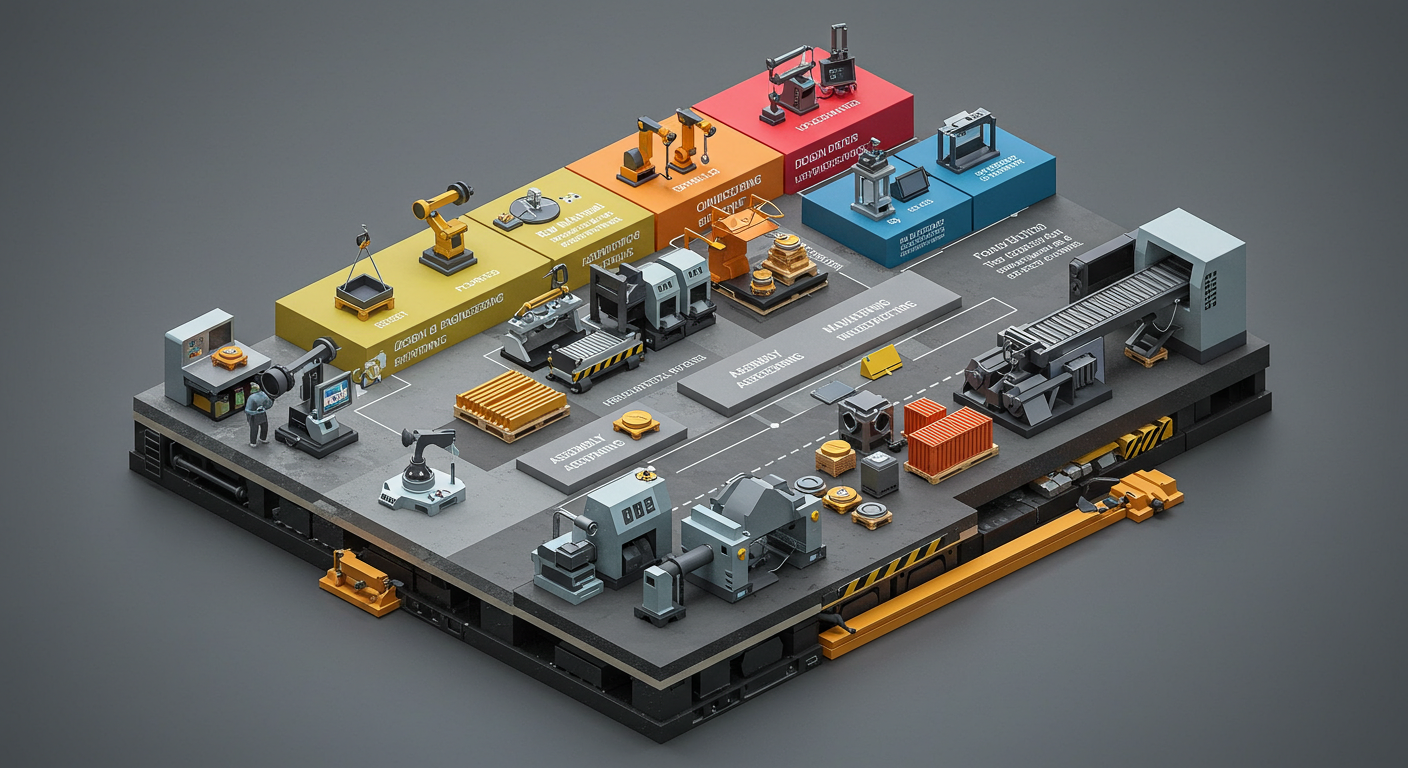

3. The Process for High-Volume, Precision Light Metal Castings.
Our die casting process injects molten metal under high pressure into precision molds, enabling the high-speed creation of complex, detailed components. It is the ultimate solution for producing millions of identical parts—like automotive shells, motor caps, and radiators—with a flawless surface finish and incredible dimensional accuracy. By minimizing post-processing and offering the industry’s shortest cycle times, die casting delivers unbeatable value for high-volume lightweight alloy manufacturing.
4. The Controlled Process for Superior Quality Aluminum Castings.
In low-pressure casting, molten metal is steadily fed into the mold using controlled air pressure within a sealed furnace. This method ensures precise process control, minimizes porosity, and results in a compact, high-density structure. It is particularly effective for producing aluminum alloy components requiring exceptional consistency, such as automotive wheels, cylinder heads, and compressor housings.
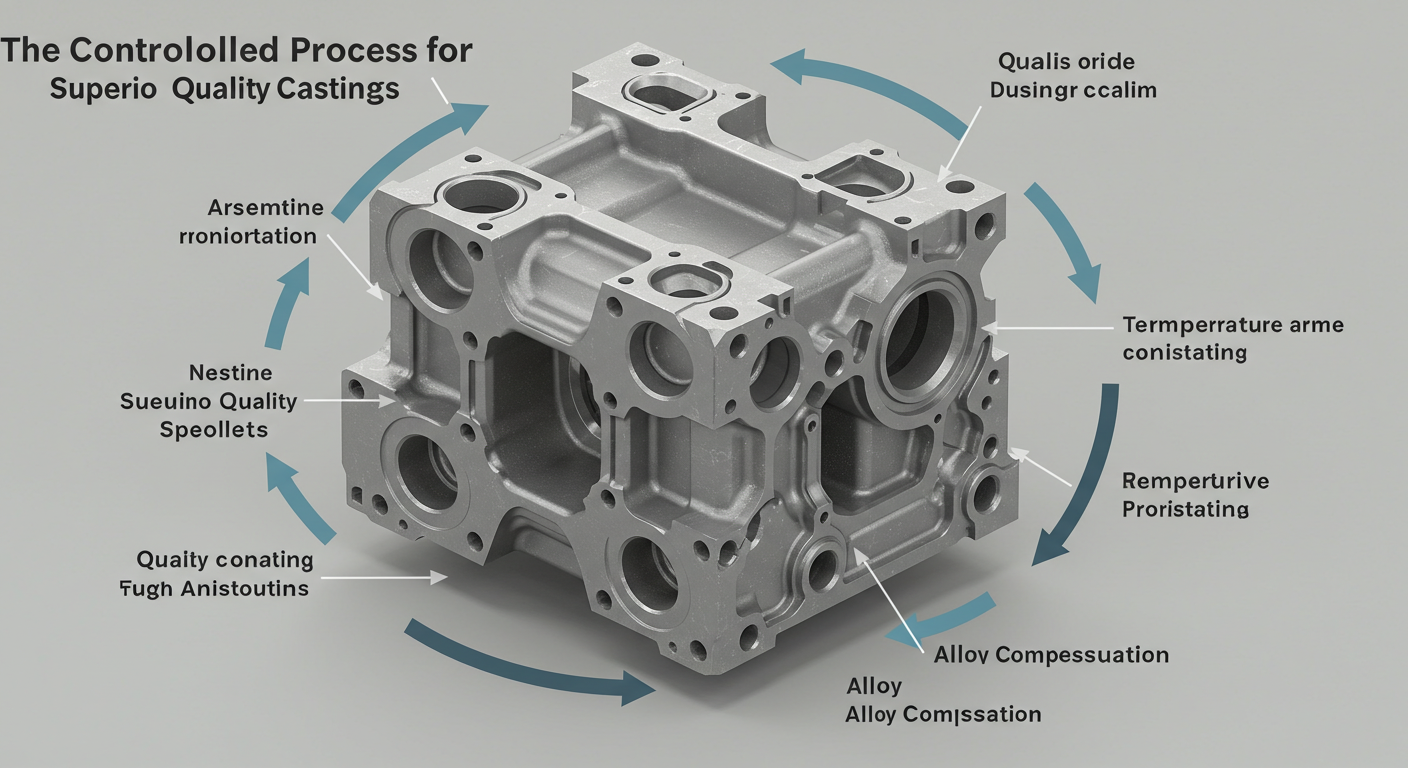
Guidance from industry experts for informed buyers
By sharing your projected annual production volumes and key tolerance needs at the start of our consultation, you help us recommend the most efficient and cost-effective approach. This upfront insight enables us to design a solution that balances quality, performance, and budget.
Third: Choosing the Right Materials: Core to Product Performance
The choice of materials directly impacts the quality, cost, and long-term reliability of castings. That’s why Prime partners with you to navigate this complex decision. We help identify the best-fit alloys for your needs, carefully balance performance with budget, and provide assurance on key requirements such as compliance and traceability.
Expert Material Selection Assistance from PRIME
Our role extends far beyond simply presenting material options. We provide comprehensive services designed to tailor your selection to project-specific needs, while ensuring full traceability and regulatory compliance.
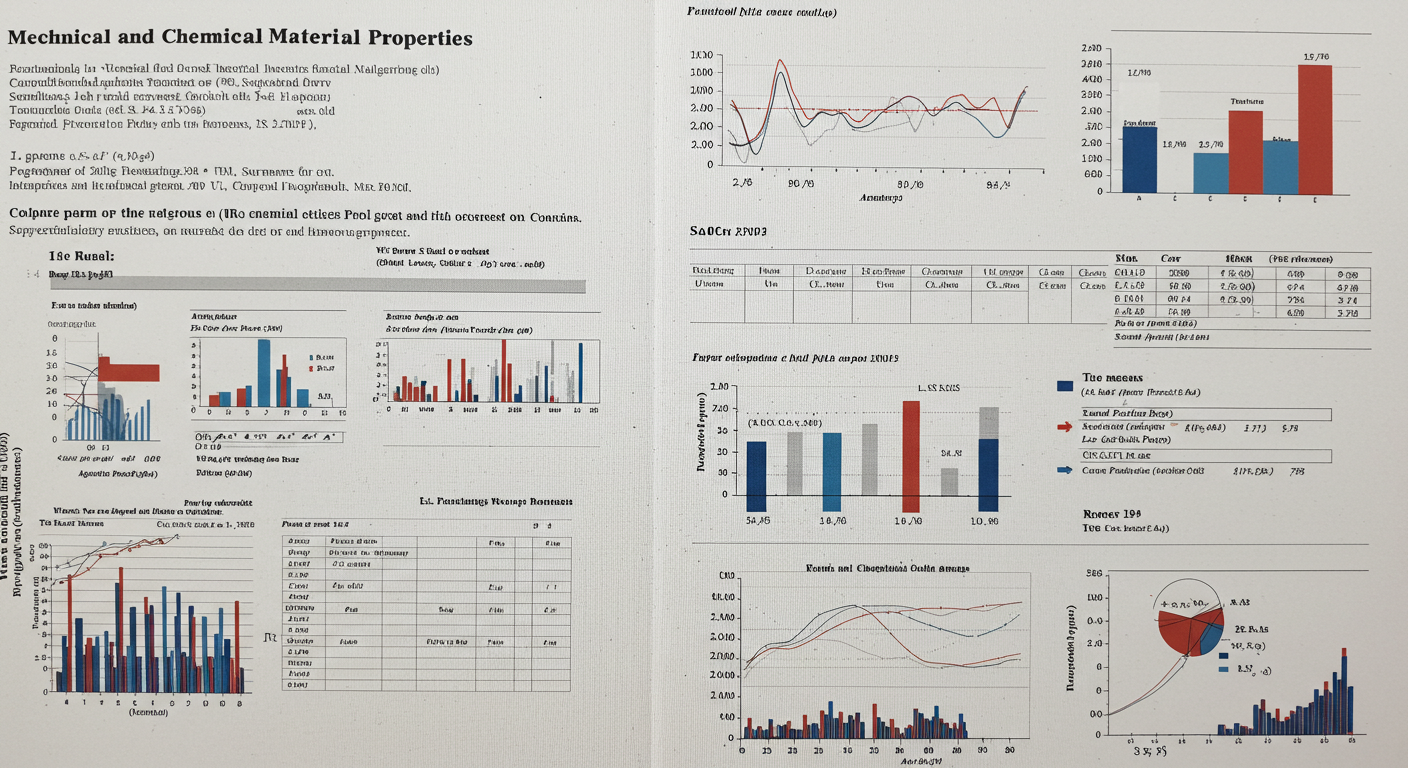
Mechanical & Chemical Material Reports
We rigorously test the chemical and mechanical properties of every material batch. This not only ensures compliance with standards but also provides complete traceability and confidence in the reliability of your parts.
DFM Analysis & Guidance
By advising on dimensional modifications and material properties, our engineering team helps improve manufacturability, reduce defect and scrap rates, and maximize efficiency. This proactive input ensures optimized production design and measurable cost savings.


Comprehensive Cost of Ownership Evaluation
Our cost modeling approach looks beyond basic material costs. By incorporating variables such as scrap rates, processing expenses, and downstream labor, our TCO analysis delivers a clear and comprehensive understanding of overall project cost, while identifying cost drivers often overlooked.
Common Fastener Materials and Their Characteristics
Fourth: Coating & Treatment Options for Enhanced Performance
Improving the durability and visual quality of castings requires the right surface treatment. Prime provides tailored processing options designed to match the technical requirements of various industries. Drawing on years of specialized experience, we guarantee finishes that not only look exceptional but also withstand demanding operating environments.
Sandblast shot blasting: Burr removal, texture refinement, bonding capability
Electroplating (nickel, zinc, chromium, etc.): Enhance anti-corrosion properties and visual appearance
Powder coating: Corrosion protection, rust prevention, wide color range
Anodizing (applicable to aluminum): Enhance hardness, corrosion resistance, decorative strong.
Painting/Spray Painting: Improve surface hardness, increase corrosion resistance, and strengthen decorative effect
Heat treatment: Reinforce structural integrity, surface hardness, and wear performance
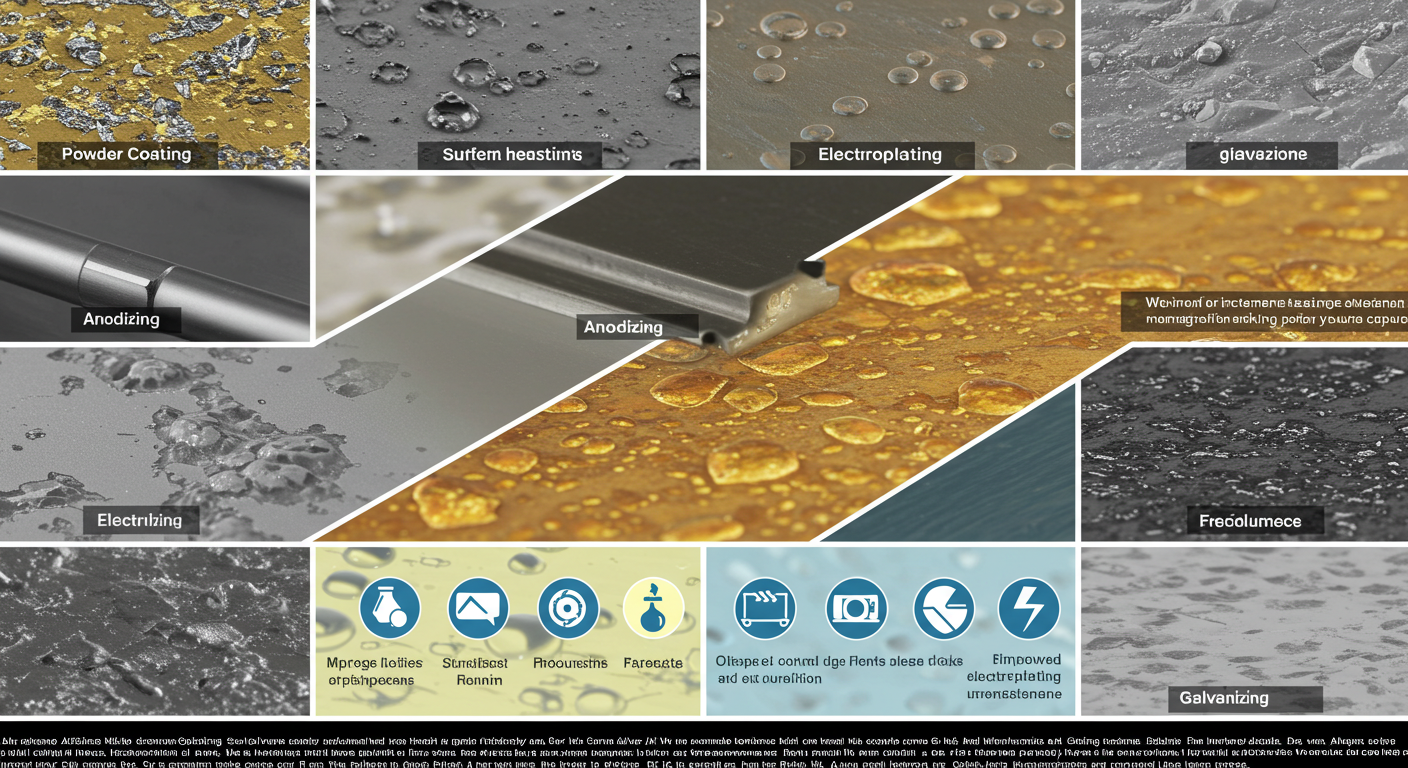
Fifth: Accurate Mold Production: Critical to Casting Excellence
The success of metal castings — from dimensional accuracy to surface integrity and output efficiency — is directly influenced by mold precision and design quality. Prime’s dedicated tooling team leverages extensive expertise to deliver customized, high-performance mold solutions for every application.
Every mold we produce is built for accuracy and reliability. Using advanced CAD/CAM design and CNC machining, we create precision molds for sand casting, gravity casting, and die casting — molds that last, repeat consistently, and control costs in mass production.
We go further by optimizing mold structures, helping customers shorten lead times, improve casting quality, and reduce finishing costs — making Prime a trusted partner for global manufacturers.
Sixth: Upholding the Highest Quality Principles
Quality at PRIME goes beyond end-stage inspection — it is built into every production phase. With a robust QA system, we ensure every component achieves superior accuracy and reliability by addressing variations early
1.Raw Material Inspection: Heat number tracking combined with material test report reviews confirms compliance with required chemical and mechanical standards before manufacturing begins.
2.Real-Time SPC Monitoring: Real-time data acquisition supported by control charts, with automatic alarms triggered for variations in critical factors such as press force or cycle time.
3.Dimensional Inspection: 100% sampling with GO/NO-GO gauges and precision measurement tools.
4.End-of-Line CMM Inspection:Integrated camera systems provide continuous monitoring, detecting burrs and blemishes as parts are produced
5.Product Compliance Certificate: A full Certificate of Conformance is provided with every batch, verifying compliance across materials, processes, and inspections.
Casting Parts Quality Inspection Process
1. Raw Material Verification

Before casting begins, all incoming raw materials such as alloys, ingots, and additives are inspected. This includes checking supplier certificates, verifying chemical composition, and testing material cleanliness. Ensuring the right raw materials prevents structural defects and guarantees consistent metallurgical quality.
2. Mold and Tooling Inspection
Casting quality starts with accurate molds and tooling. Prior to production, molds are checked for cracks, wear, dimensional accuracy, and proper coating application. Well-maintained molds help achieve precise dimensions, reduce surface defects, and improve production yield.
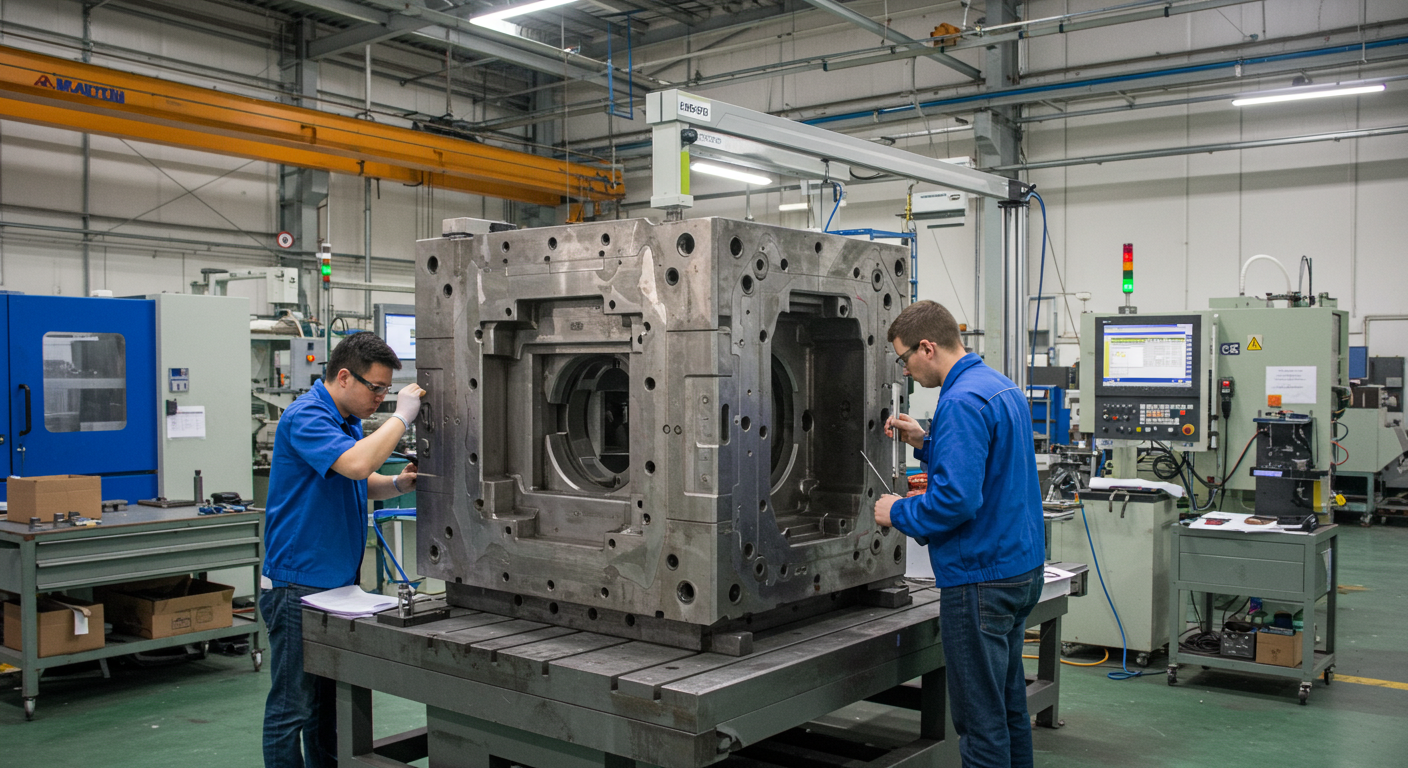
3. Melting and Pouring Control

During the melting process, furnace temperature, metal composition, and degassing procedures are closely monitored. Pouring speed and temperature are also controlled to avoid shrinkage cavities, porosity, and misruns. Strict process control ensures consistent casting integrity.
4. In-Process Visual Inspection
Freshly cast parts are visually inspected after solidification and cooling. Inspectors check for visible surface defects such as cracks, cold shuts, inclusions, and surface roughness. Early detection at this stage allows for immediate corrective action.
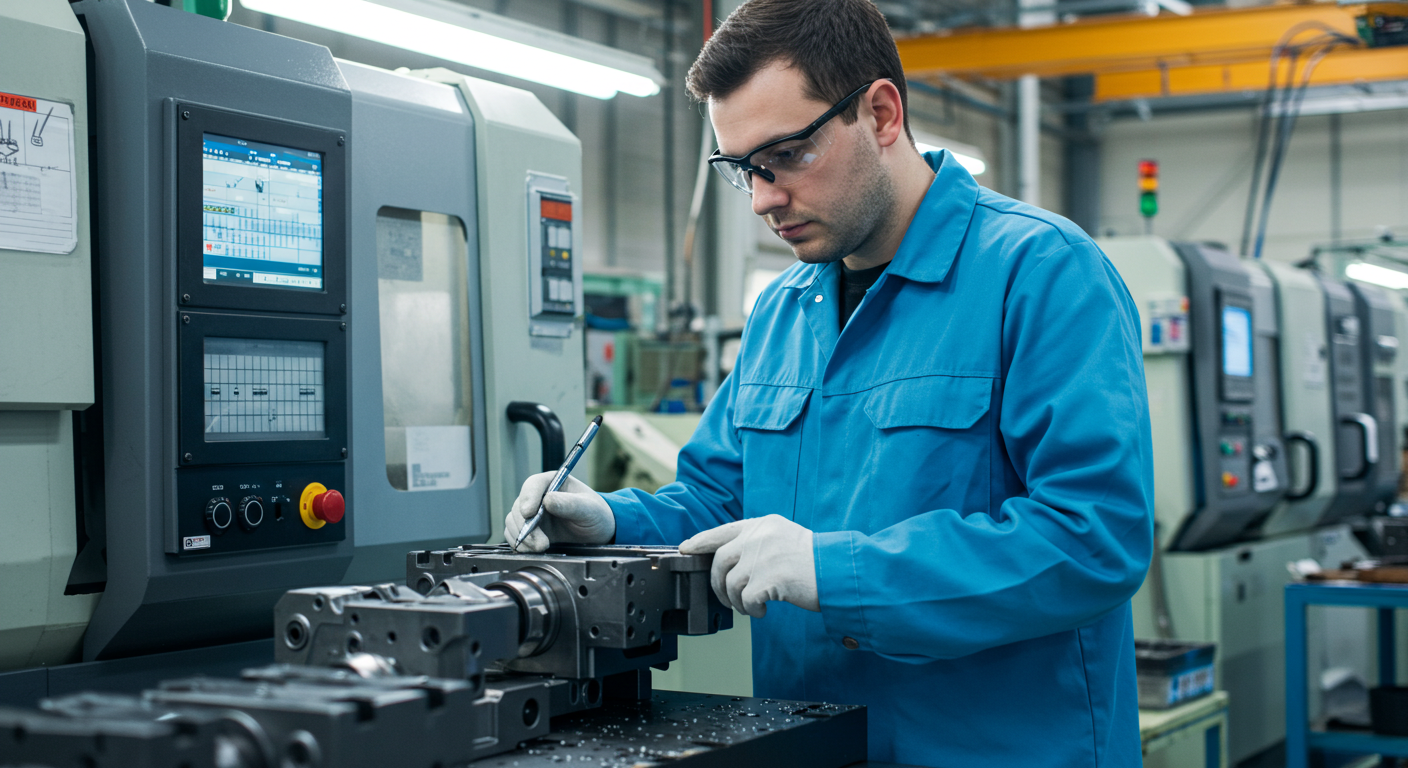
5. Dimensional Inspection
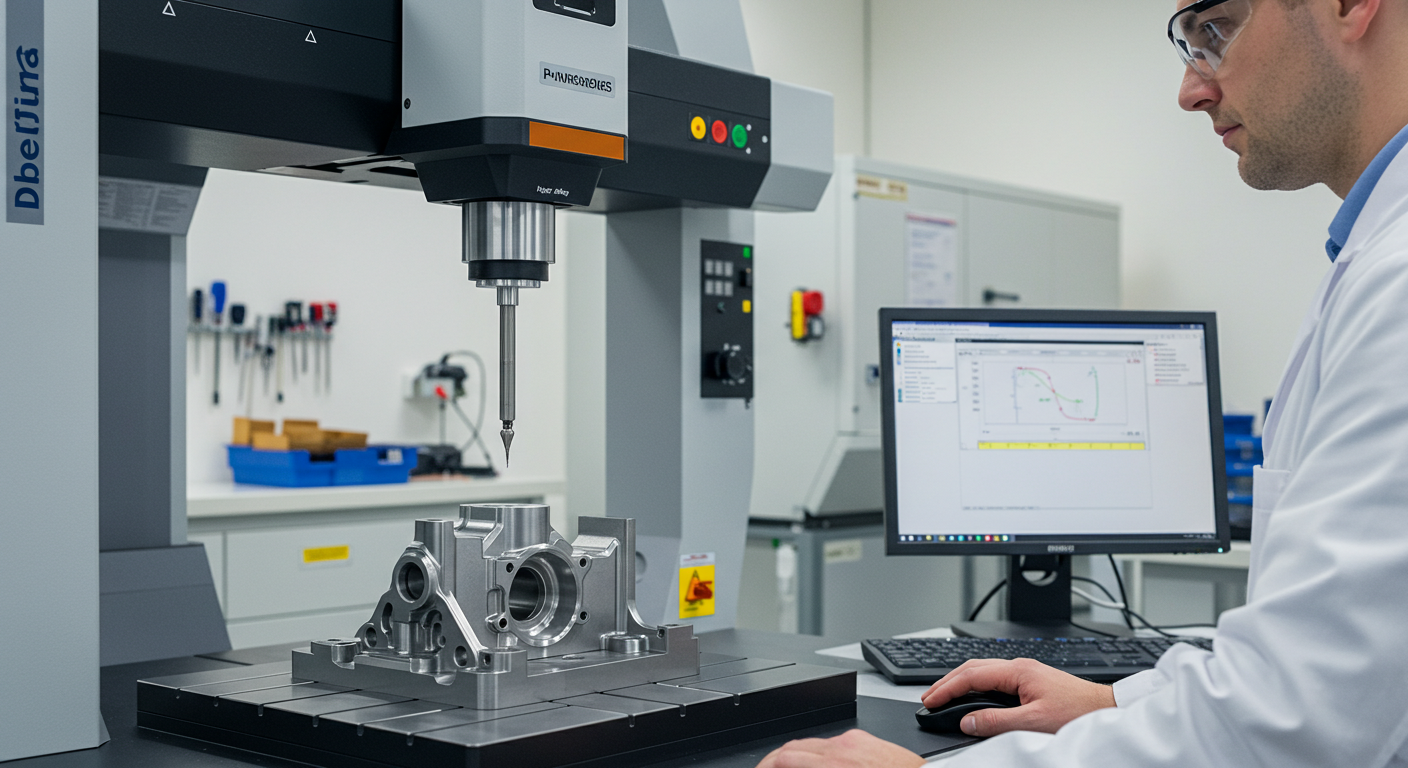
After machining or fettling, cast parts are measured against CAD drawings and tolerances using calipers, micrometers, and Coordinate Measuring Machines (CMMs). This step ensures the final dimensions meet customer requirements for assembly and performance.
6. Non-Destructive Testing (NDT)
Advanced testing methods such as ultrasonic testing, X-ray inspection, magnetic particle inspection, or dye penetrant testing are applied to detect internal and hidden defects like porosity, voids, or cracks. NDT ensures safety-critical castings meet high reliability standards.

7. Mechanical and Hardness Testing

Samples are taken for tensile, impact, and hardness testing to confirm the mechanical properties of the casting. This guarantees that the part will withstand its intended working environment, whether in automotive, aerospace, or industrial applications.
8. Surface Treatment & Coating Check
If castings undergo processes like shot blasting, painting, galvanizing, or powder coating, surface quality is inspected for uniformity and adhesion. Proper finishing improves corrosion resistance and enhances product appearance.
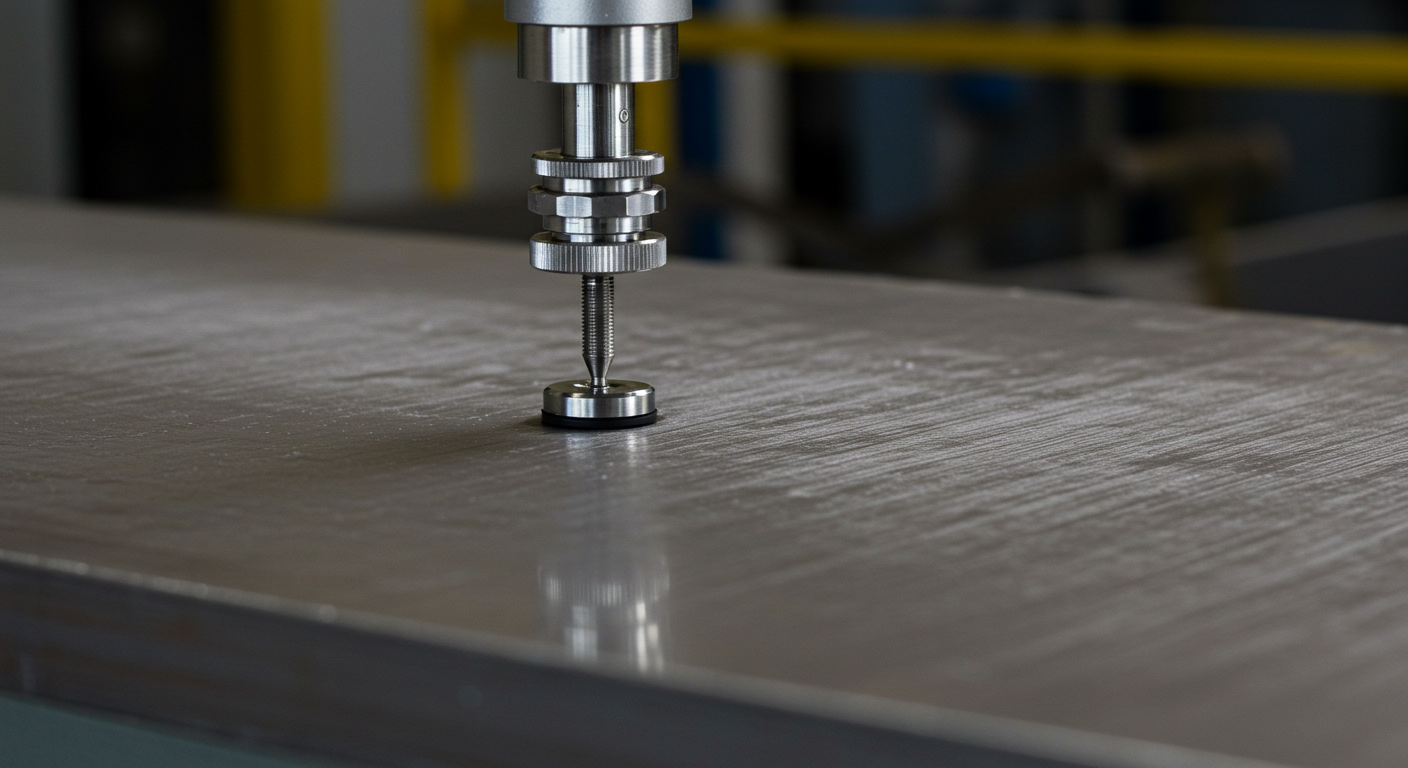
9. Final Quality Assurance (QA) Inspection
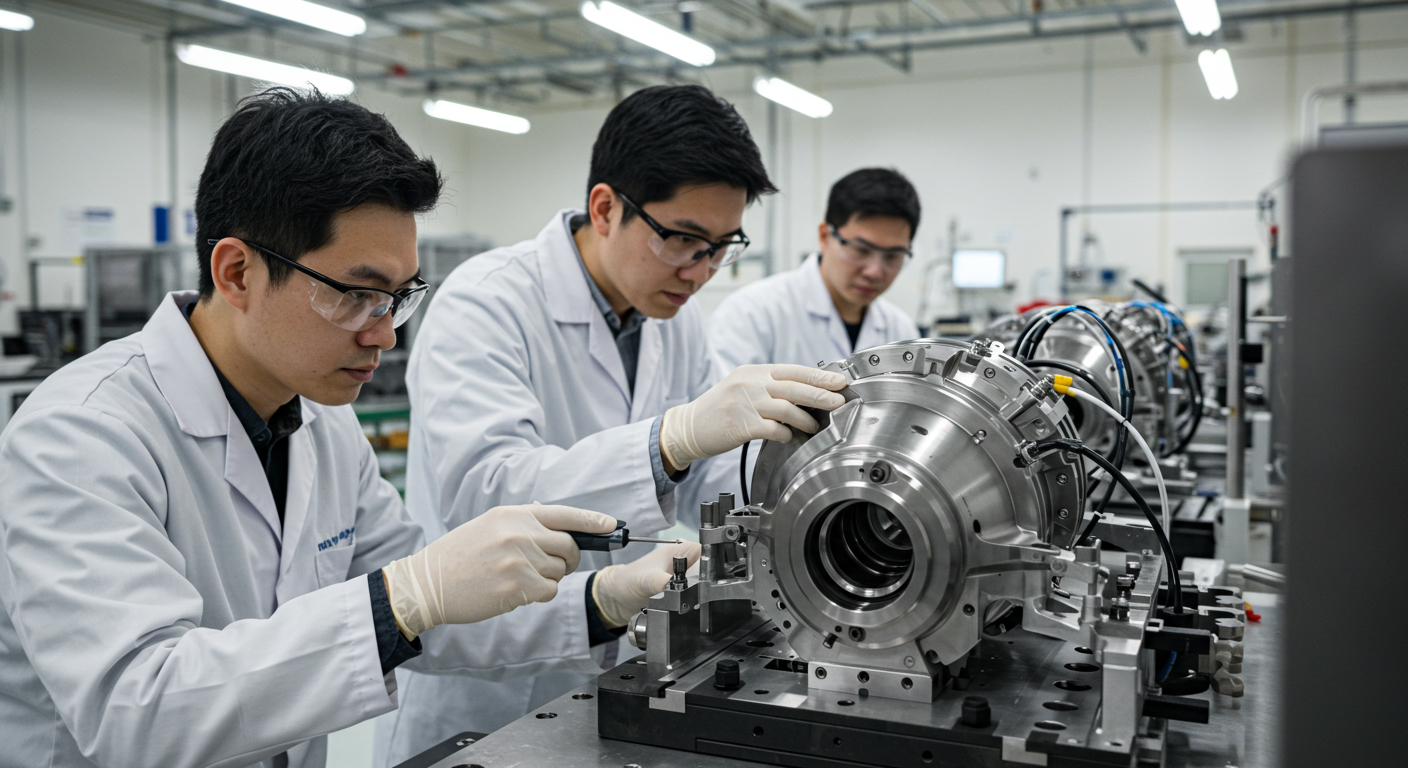
Before shipment, every batch undergoes a comprehensive inspection, including dimensional verification, visual checks, and documentation review. A quality report (COC, material certificate, inspection data) is prepared for traceability and customer assurance.
10. Packaging & Pre-Shipment Inspection
Finished castings are packed with protective materials such as VCI bags, foam, and wooden crates to prevent rust, scratches, or deformation during transit. Pre-shipment checks confirm labeling, quantities, and compliance with export standards — ensuring safe delivery worldwide.
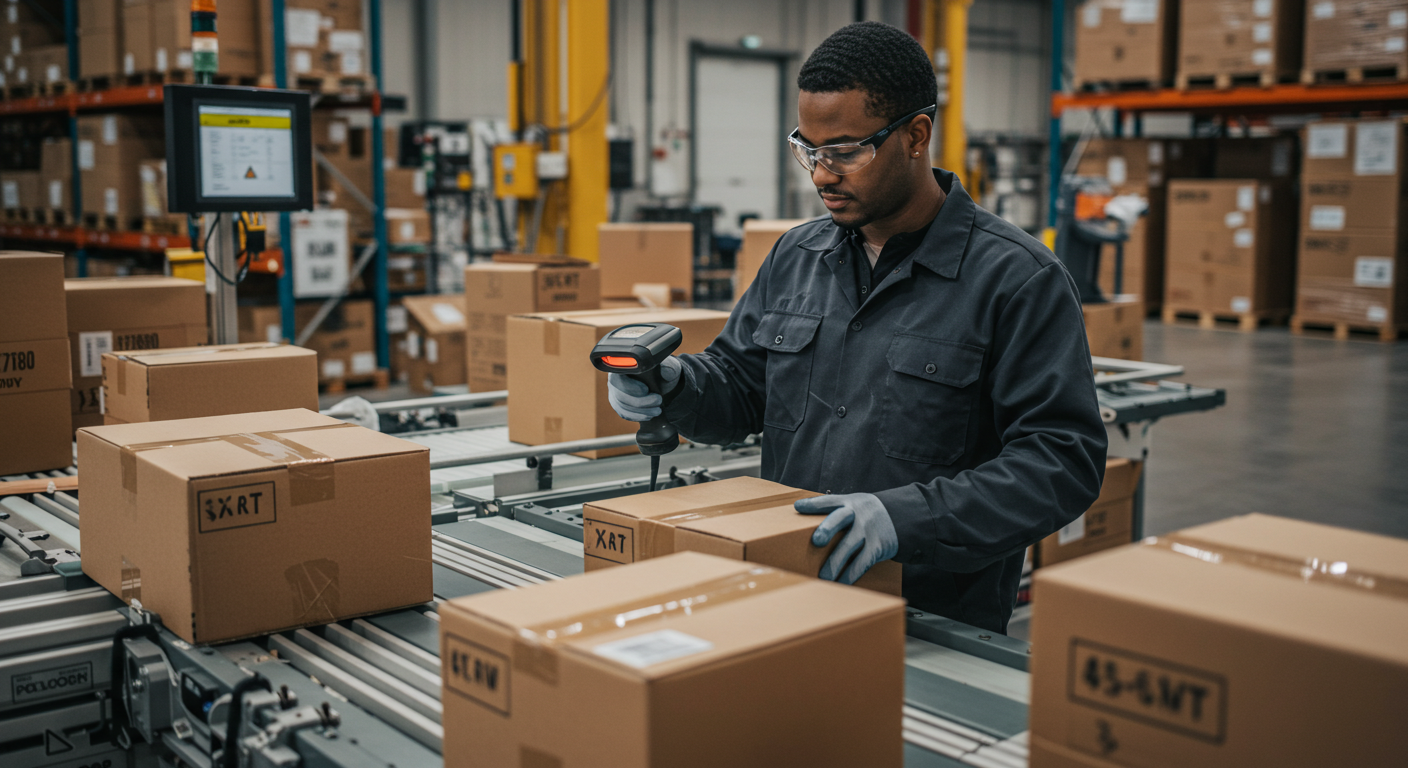
Seventh:Typical Casting Defects and PRIME’s Preventive Measures
Because metal casting involves complex variables, inadequate control can result in significant defects. PRIME addresses this proactively by applying advanced tooling, rigorous process controls, and real-time quality oversight.
1. Gas porosity can occur during the casting process.
Description: During the cooling phase of liquid metal, insufficient venting or high gas content can cause gases to remain within the casting, leading to void formation. These gas holes compromise both the mechanical strength and structural density of the finished casting.
PRIME Solution: Optimized venting, controlled metal flow, and strict degassing practices effectively lower gas levels during casting, eliminating porosity issues before they occur.
2. Internal Shrinkage or Gas Porosity Defects
Description: In thick-walled sections of a casting, uneven solidification rates or poor feeding design often lead to internal shrinkage or low density, compromising structural strength and machining stability.
PRIME Solution: By leveraging professional simulation tools, we refine riser placement and cooling layouts, achieving controlled solidification and preventing defects such as shrinkage cavities and porosity.
3. What causes cold shut defects in castings?
Description: A cold shut defect arises from low pouring temperature or inadequate metal flow, where multiple molten streams do not properly merge in the mold. The result is a seam-like line that reduces surface quality and gas tightness.
PRIME Solution: We maintain strict control over pouring temperature, enhance alloy fluidity, and optimize mold gating system design to ensure smooth metal flow and eliminate cold shut defects.
4. Casting Defects: Inclusions
Description:When slag, oxides, or other non-metallic contaminants mix into molten metal, they may solidify within the casting, creating inclusions that weaken the structure and degrade performance.
PRIME Solution: Through high-efficiency melting technology and ceramic filter systems, we maintain clean molten metal and precisely control pouring conditions to eliminate slag inclusions.
5. Castings exhibit oxide film inclusions on the surface.
Description: Surface oxide inclusions form when liquid metal reacts with air to produce an oxide film that is not separated in time, leaving dark spots or flaky marks on the casting.
PRIME Solution:To prevent oxide films, we use shielding atmospheres or covering agents throughout melting and pouring, combined with improved gating systems that reduce molten metal’s contact with air.
Eighth:Guidelines for Selecting a Reliable Casting Parts Supplier
The choice of a casting supplier plays a decisive role in determining product reliability, production output, and financial performance. This guide provides key assessment criteria that go beyond price, ensuring your supplier serves as a strategic partner instead of a liability.
1.Competence in Quality Assurance
2.Standard of Processes and Equipment
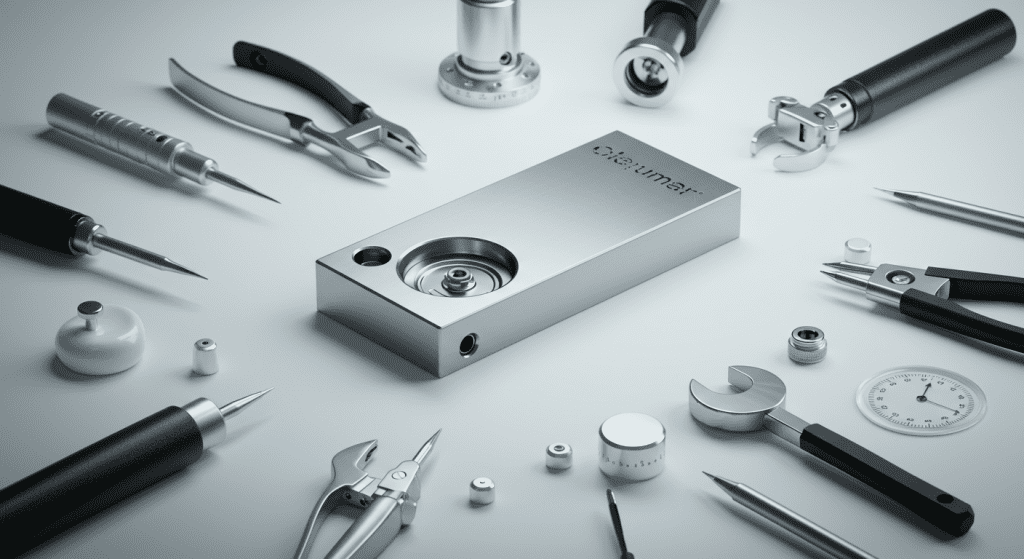

- Premium castings must satisfy strict standards for dimensional accuracy, mechanical performance, and surface finish. It is essential to confirm that your supplier operates under a certified quality system (e.g., ISO 9001, IATF 16949) and is equipped with advanced inspection tools such as CMMs and spectrometers.
- Each casting method (sand casting, gravity casting, die casting, etc.) has unique process requirements. A reliable supplier should offer multiple process options and advanced equipment to support both custom projects and large-scale production.
3.Technical Assistance in Material Choice
4.Supply Capacity and Timely Fulfillment

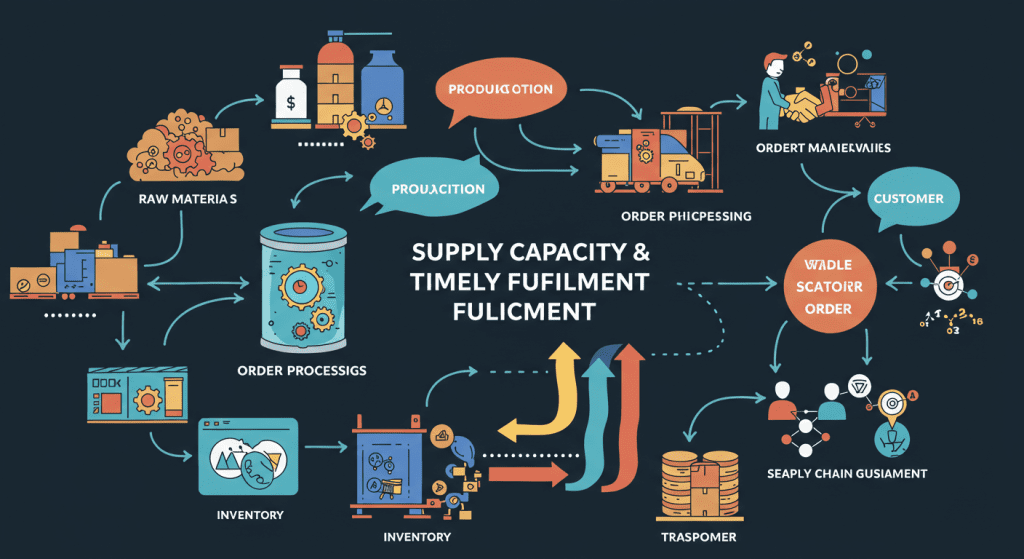
- Since material properties vary by application, it is crucial to assess whether a supplier can provide professional advice on material choice, customized alloy solutions, and detailed performance analysis as a measure of their competence.
- Delayed deliveries may disrupt project timelines or result in missed sales opportunities. A supplier’s ability to maintain stable production scheduling, effective inventory management, and reliable logistics is directly tied to supply chain security.
5.Price Competitiveness and Value Delivery
6.Client Case Studies and Market Reputation


- While price is important, the lowest option is not always the best. Total purchasing cost must consider factors such as product lifespan, defect rates, and adjustment expenses.
- Vendors who possess practical delivery experience and documented application cases are often better positioned to align with buyer expectations. Service performance may further be assessed via third-party platforms or client testimonials.
For companies interested in establishing lasting foundry partnerships, we provide free technical guidance and sample evaluations — contact us today.
Ninth:Production-Friendly Design Engineering
Enhance the manufacturability and cost-efficiency of your casting parts through our collaborative engineering expertise.
Buyer's pain:“Concerned about tooling expense, process risks, and long timelines—what changes will optimize this part for casting?”
Our casting DFM integrates with your design process to deliver manufacturable, high-performance parts without premium pricing or schedule risk.


1.Proactive Involvement and Team-Based Review
By reviewing your CAD drawings and specifications, our engineers identify challenges to manufacturability early and suggest targeted solutions, helping you avoid expensive rework later in the process.
2.Operational Simplification and Efficiency
Feature Redesign: Modifying challenging geometries to improve tooling feasibility.
Tool Life Improvement: Design solutions aimed at prolonging die service life and reducing downtime.
Minimizing Post-Processing: Utilizing progressive dies to reduce reliance on secondary operations such as welding or trimming.
3.Optimized Material Usage and Expense Reduction
Size Optimization: Engineering strategies to reduce material usage without affecting performance.
Material Guidance: Selection based on load-bearing capacity, resistance to corrosion, and overall cost-effectiveness.
Scrap Control: Process-oriented nesting and layout methods to maximize material yield.
4. Dimensional Accuracy & Quality Enhancement
- Functional Dimension Assurance: Reliability where fit and safety matter.
- Predictive Compensation: Digital models correct forming deviations.
- Error Prevention: Keep wrinkles, splits, and burrs from occurring.
Tenth:Metal Casting vs. CNC Machining: Which Delivers the Best Value for Your Needs?
B2B buyers often weigh a crucial choice when sourcing metal parts: should the design be cast or machined? Each method offers efficiency, but their advantages vary by application. At PRIME, we support both processes, providing unbiased advice and customized solutions that fit your requirements.
In casting, liquid metal is poured into a mold and left to harden into the desired geometry. It offers excellent cost efficiency for high-volume production of intricate designs.
In casting, liquid metal is poured into a mold, where it hardens into the desired form. This method is widely used for cost-efficient production of intricate parts at scale.
- Economical Mass Production: Once tooling is made, per-unit costs fall sharply—perfect for high-volume runs.
- Scalable Affordability: Initial mold investment pays off with low unit costs for large batches.
- High-Volume Savings: Mold reuse drives down cost per part in long production cycles.
- Cost Advantage in Quantity: Large-scale production delivers exceptional price efficiency.
Economy of Scale: Casting becomes highly cost-effective as volumes increase.

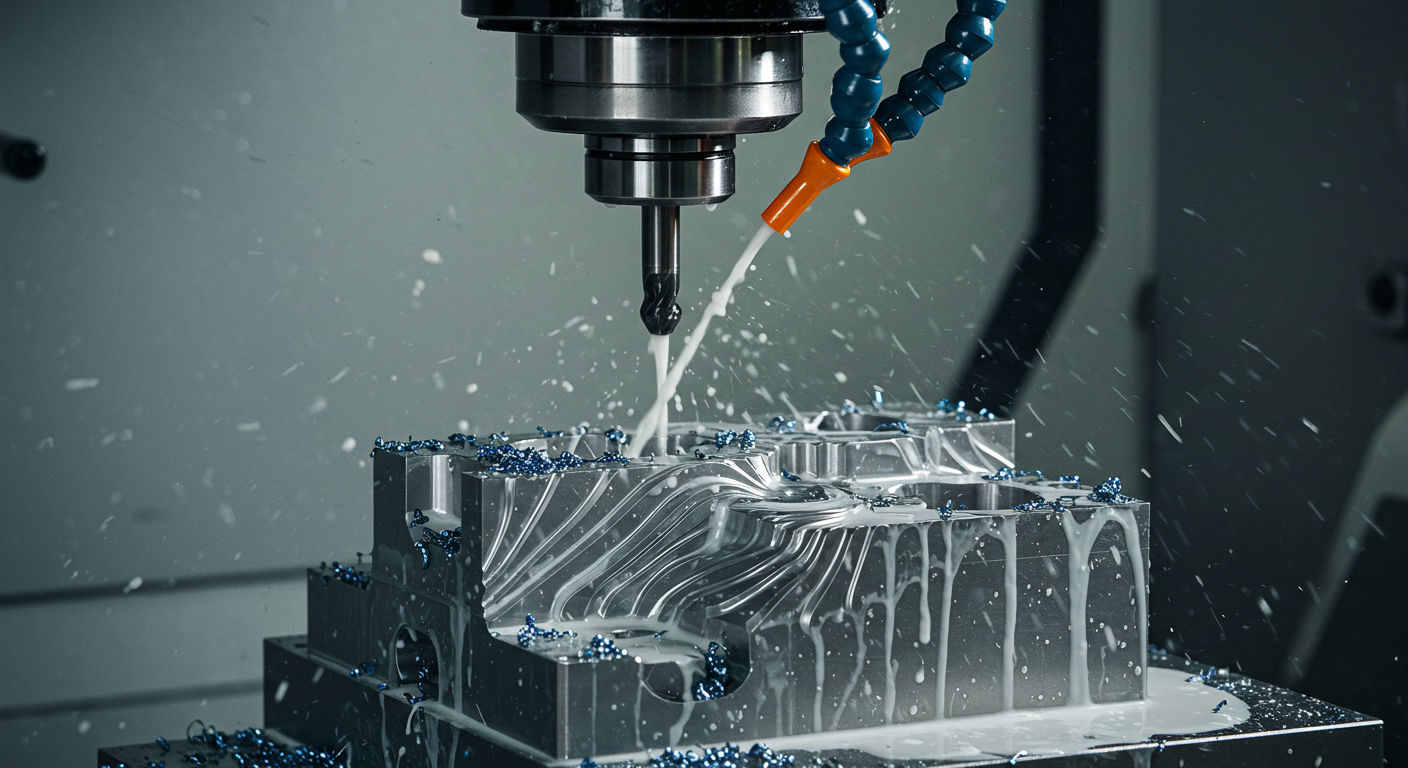
CNC machining shapes parts by subtracting material from billets or solid bars, enabling complex geometries with exceptional precision. It’s particularly effective for limited production runs and parts demanding tight tolerances.
Ultra-High Accuracy: Achieves tolerances and 3D details beyond the limits of casting.
Broad Material Capability: Handles metals, plastics, and composites without casting restrictions.
Flexible for Short Batches: Eliminates tooling costs for economical low-quantity runs.
Easily Adjustable: Design changes implemented via software, not hardware.
Minimal Secondary Work: Parts emerge with smooth, precision finishes.
Eleventh:International Supply Chain & Logistics: Reliable Delivery Across the Globe
Buyer Concern:“How can I prevent customs delays and hidden costs when working with international suppliers?”
More than manufacturing: PRIME streamlines logistics to cut delays, control landed cost, and boost competitiveness—so precise parts arrive worldwide with confidence.


1.Trade Compliance & Export Expertise
- CNC Machining: Delivers extreme accuracy in threads, bores, and multi-axis profiles where casting falls short.
- Tapping & Reaming: Ensuring dimensional accuracy and functional fits in threaded and reamed holes.
- Grinding: Precision control of thickness, flatness, and smoothness for critical surfaces.
2. Flexible Transport Strategies
- Mechanical Assembly: Seamlessly joining castings with springs, screws, and molded elements.
- Welding: Reliable metal joining through MIG, TIG, and spot processes.
- Fastener Insertion: Embedding threaded elements and studs by hand or automation.
3. Real-Time Tracking & Proactive Communication
- Kitting: Customized part kits prepared for efficient line-side assembly.
- Custom Packaging: Designed to reduce damage risks and optimize freight space.
- Labeling & Barcoding: Clear identification and inventory integration through custom labeling systems.
4.Secure Packaging & Damage Control
- Annealing: Reduces residual stresses and improves ductility prior to machining or forming.
- Annealing: Conditioning step that enhances durability and processability.
The PRIME Complete Manufacturing Edge
Work with Prime for managed global fastener logistics that minimize delays, ensure reliable delivery, and guarantee high-quality packaging.
PRIME’s Edge in Precision Logistics
Twelfth:PRIME Research & Development — Driving Progress in Metal Casting
Buyer Concern: ”What proof do they have of continuous innovation—and can they support future programs as technical requirements shift?”
Our research and development sharpen casting capability, improving strength, tolerance, yield, and cost—backed by data.
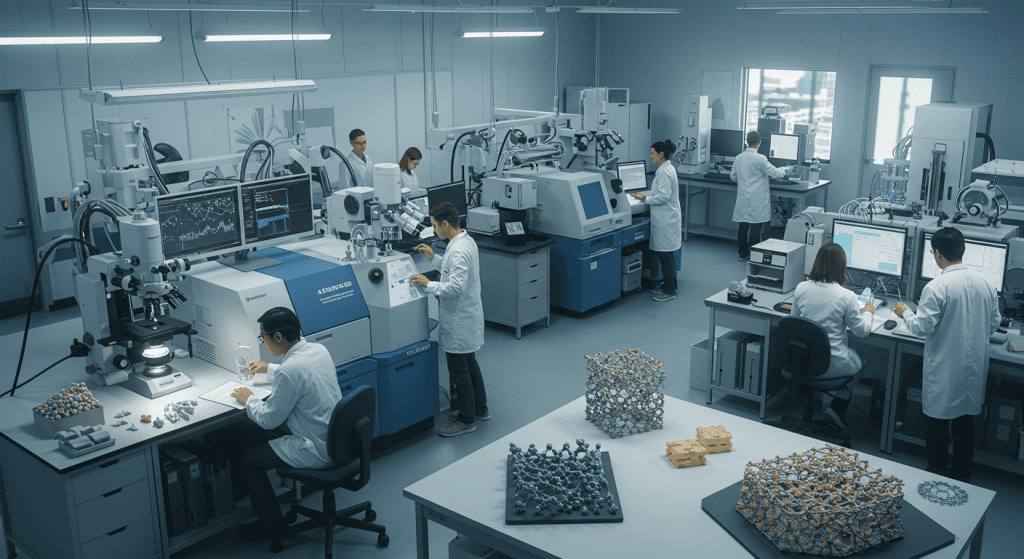

1.Advanced Material Science & Engineered Alloys
We engineer carbon steel, stainless, aluminum, brass, and nickel alloy fasteners—precision-tuned for strength, corrosion resistance, or weight savings in critical applications.
2. Process Optimization & Automation
Our research team pioneers eco-friendly production through:
Energy Efficiency: Lower your Scope 3 emissions with our energy-efficient forming
Waste Reduction: Chip-free manufacturing maximizes material value
3. Sustainable Manufacturing
Co-developed solutions for unique challenges: anti-loosening threads, dielectric barriers, integrated washers, and precision torque features – scaled from concept to volume production.
4. Tailored Casting Solutions
We collaborate closely with clients to develop non-standard fasteners — including anti-vibration features, insulation barriers, captive washers, and torque-control geometries — from prototype to production.
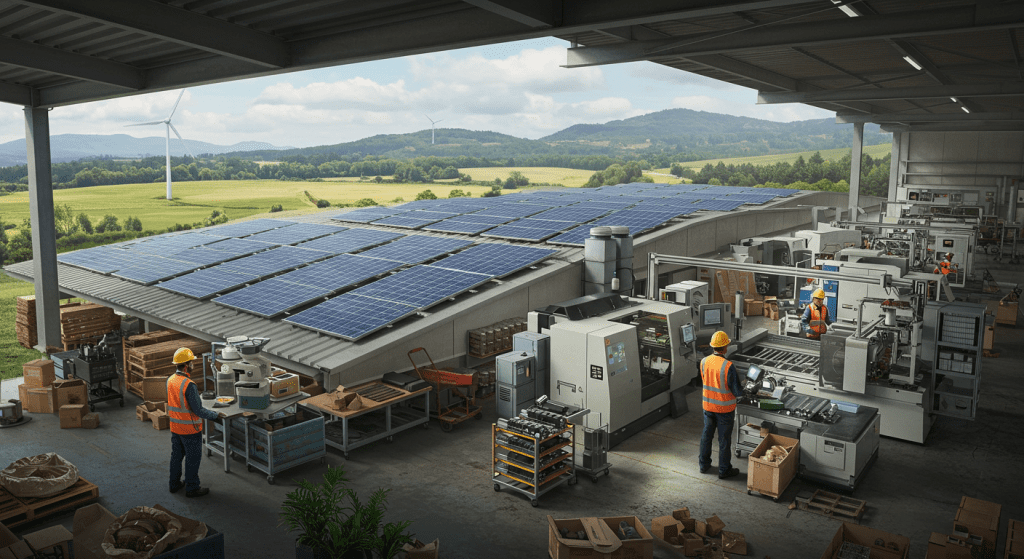
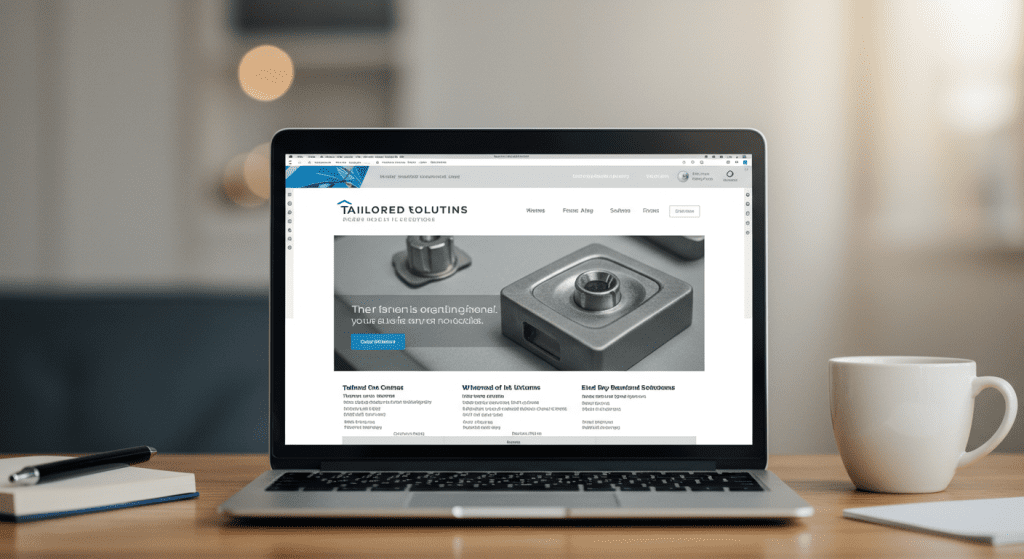
PRIME’s Fastener Innovation Edge:
Prime transforms fastener potential through advanced materials, smart manufacturing, and collaborative engineering – delivering tomorrow’s solutions today.
Thirteenth:From Casting to Completion — Value-Added Services That Deliver More
Reducing vendor numbers and simplifying supply chains helps B2B buyers cut costs, boost efficiency, and eliminate unnecessary complexity. PRIME delivers a full spectrum of value-added services, providing one-stop solutions that take castings from raw form to ready-to-use parts—saving you time and management effort.
“Coordinating multiple vendors for machining and finishes increases defects and delays. Is there a single turnkey partner?”
With PRIME as your single partner for manufacturing and post-processing, handoffs stay seamless and quality stays consistent. Our integrated workflow delivers fully finished parts—reducing time, cost, and coordination.
1. Supplementary Machining Processes
- CNC Machining: For ultra-tight tolerances, threads, complex bores, and 3D profiles that casting alone can’t achieve.
Tapping & Reaming: Fine-tunes hole dimensions and creates reliable threaded connections.
Grinding: For smooth surfaces, dimensional accuracy, and consistent flatness.
2. Component Assembly & Module Subassembly
Mechanical Assembly: Joining castings with hardware, inserts, and complementary components.
Mechanical Assembly: Integrating castings with all secondary components under one roof.
Mechanical Assembly: From Casting to Full Assembly.
3.Assembly Kitting & Protective Packaging
- Kitting: Consolidating parts into pre-packaged sets for faster, easier assembly.
Custom Packaging: Designed for safe transport and optimal use of cargo space.
Labeling & Barcoding: Barcode-enabled identification for simplified logistics and supply chain flow.
4.Heat Treatment
Annealing: Improves flexibility and reduces brittleness to prepare parts for shaping or machining.
Hardening & Tempering: Ensures long-lasting strength and performance in functional parts.
5. Cleaning and Edge Refinement
Precision Cleaning: Cleans parts thoroughly for smooth machining, coating, or assembly.
Advanced Deburring: Precision removal of burrs via automated polishing and laser finishing.
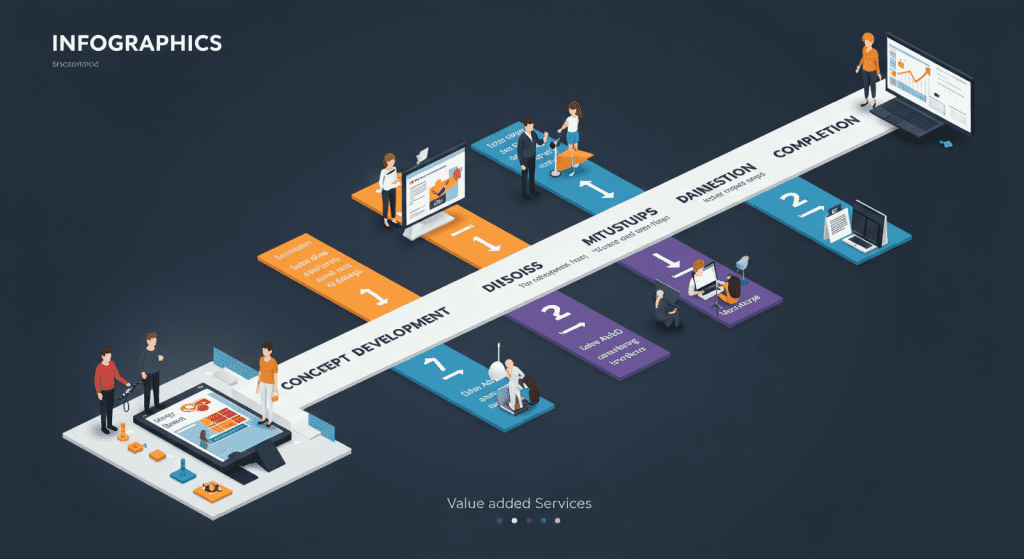
Fourteenth:Processing technology
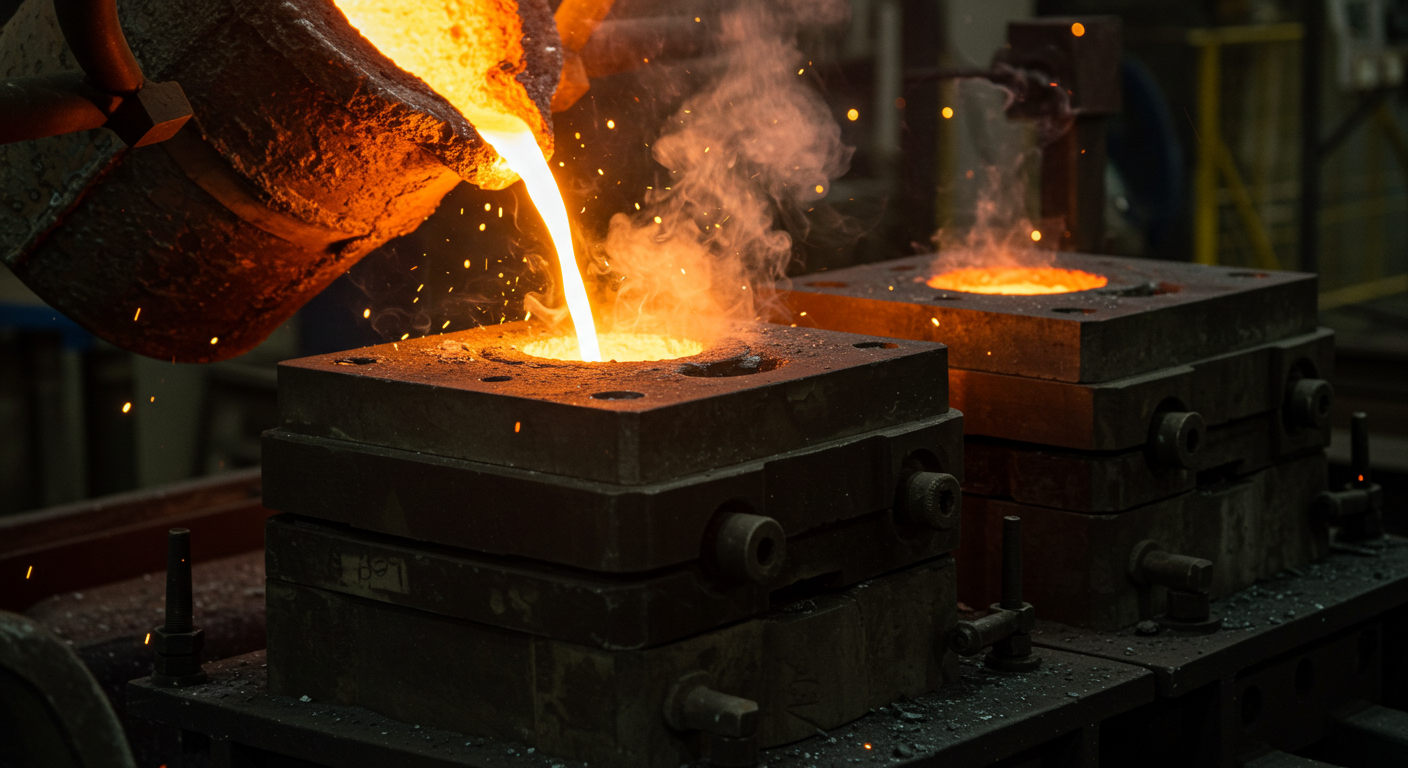
Metal mould casting
Features
- Metal molds are used for casting and can be reused
- Suitable for mass production of metal components
- Enables high-precision casting, ideal for thin-walled parts
Applications
- Mechanical industry
- Automobile manufacturing
- Valves and pumps
- Production of high-precision castings
High pressure casting
Features
- Mainly used for casting aluminum and magnesium alloys
- Requires higher injection pressure than die casting
- Results in denser castings with superior mechanical properties
Application
- Aluminum and magnesium alloy castings
- Automobile parts
- Aerospace components
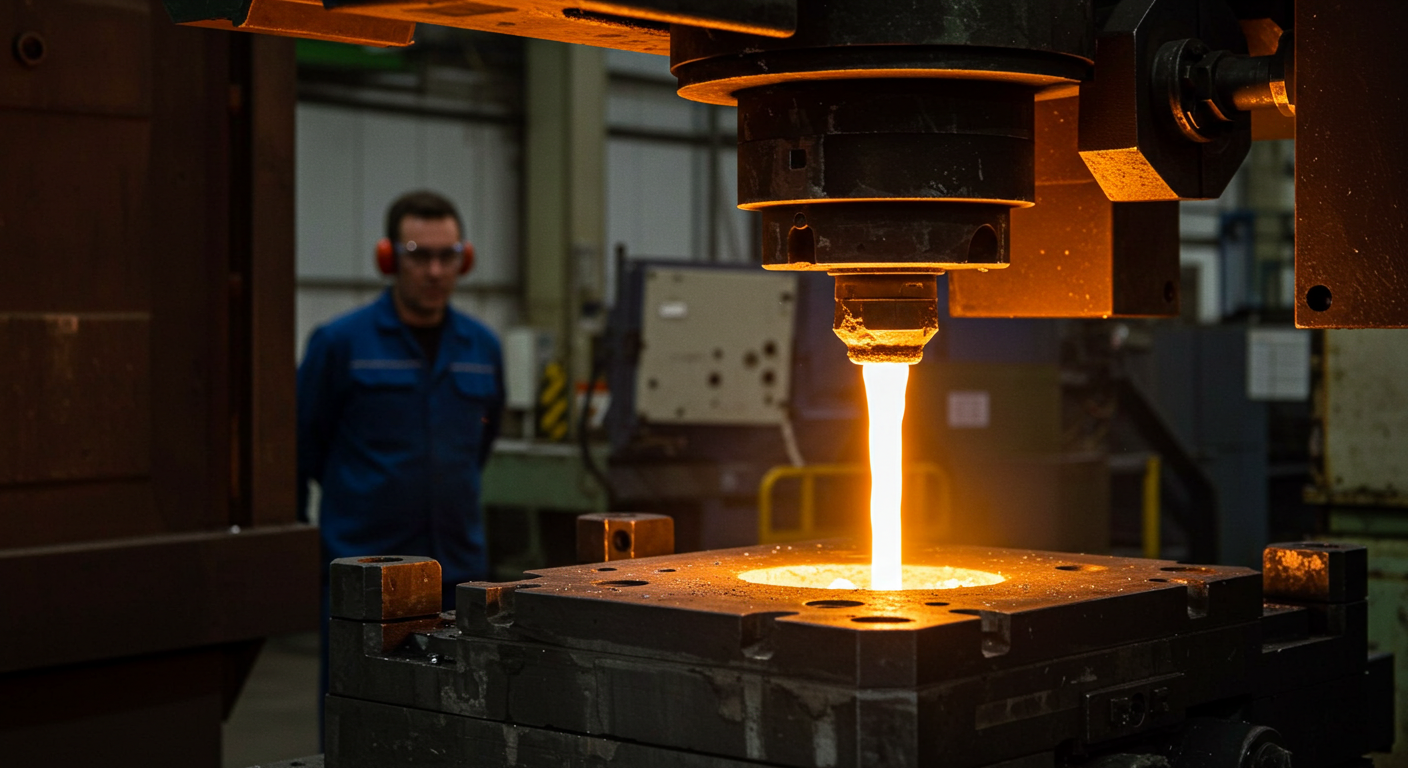
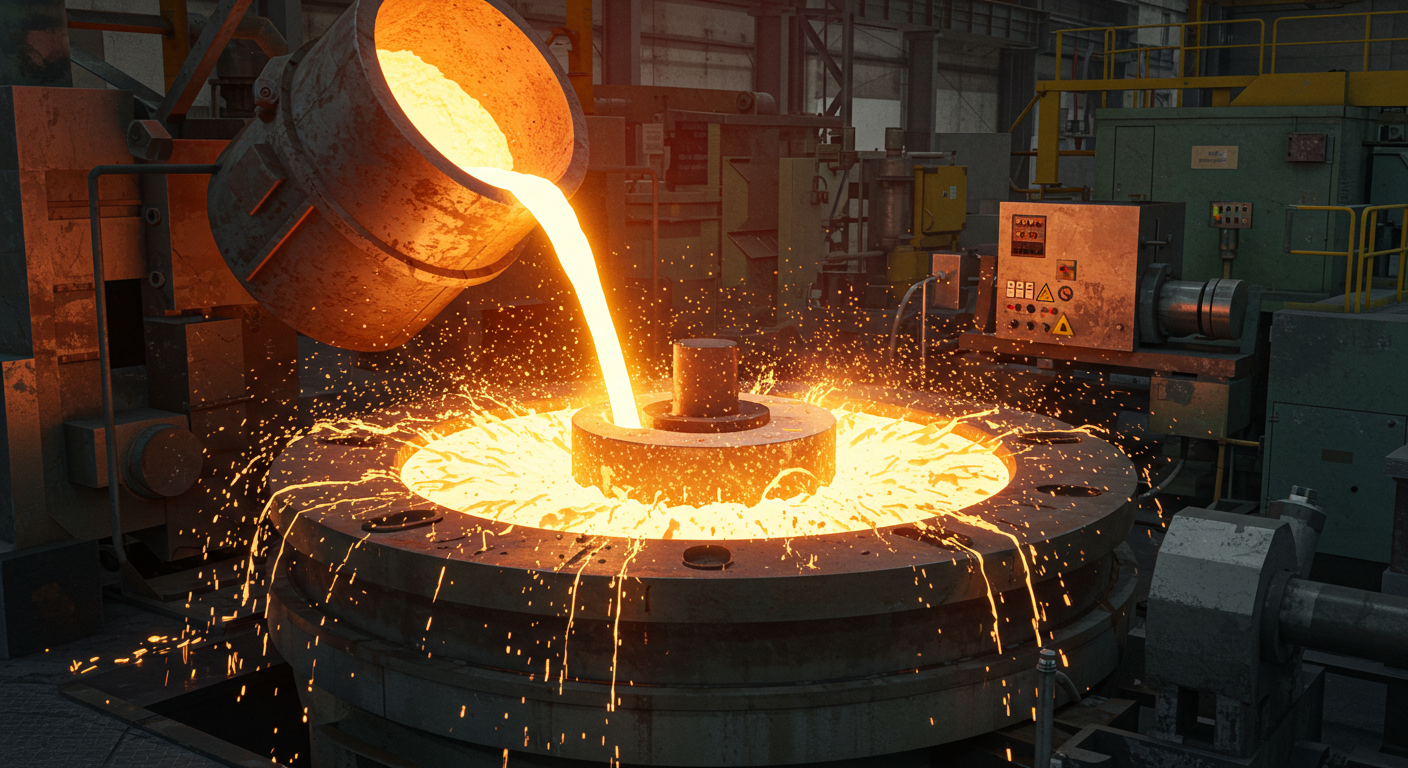
Centrifugal casting
Features
- Good corrosion resistance and mechanical properties
- Lightweight, suitable for weight-sensitive components
- Can be produced by sand casting or die casting
Applications
- Automotive and aerospace industries
- Electronics and electrical appliances
- Furniture and general industrial components
Sand Casting
Features
- Uses fusible molds, similar to precision casting
- Suitable for producing castings with complex shapes and high precision
- Molds made of wax, plastic, and other fusible materials
- Molds are burned out after pouring to release the casting
Applications
- Aerospace industry
- Military components
- Automotive precision castings
- Ideal for small batch production of complex parts


Precision casting (lost wax method)
Features
- Uses high-precision wax molds to create fine, complex parts
- Suitable for components requiring extremely high accuracy
- Produces smooth surface finish with minimal post-processing
- Involves a complex and detailed manufacturing process
Applications
- Aerospace components
- Medical equipment
- Jewelry production
- Precision instruments and complex-shaped castings
To guarantee that every metal fastener meets precise customer specifications, we follow a rigorous nine-step quality assurance process, spanning from initial technical review to post-delivery validation
Fifteenth:Workflow Overview
procedure 1: Digital Pattern Design
Product Design Phase
The process begins with casting design, tailored to the product’s functional and structural requirements.
Critical factors such as geometry, dimensional accuracy, weight optimization, and material selection (e.g., ductile iron, aluminum alloys, or steel) are meticulously analyzed to ensure performance and manufacturability.
Mold Fabrication
Molds are indispensable tools for producing high-quality casting parts. Based on the design specifications, molds are crafted from metal (for die casting) or bonded sand (for sand casting).
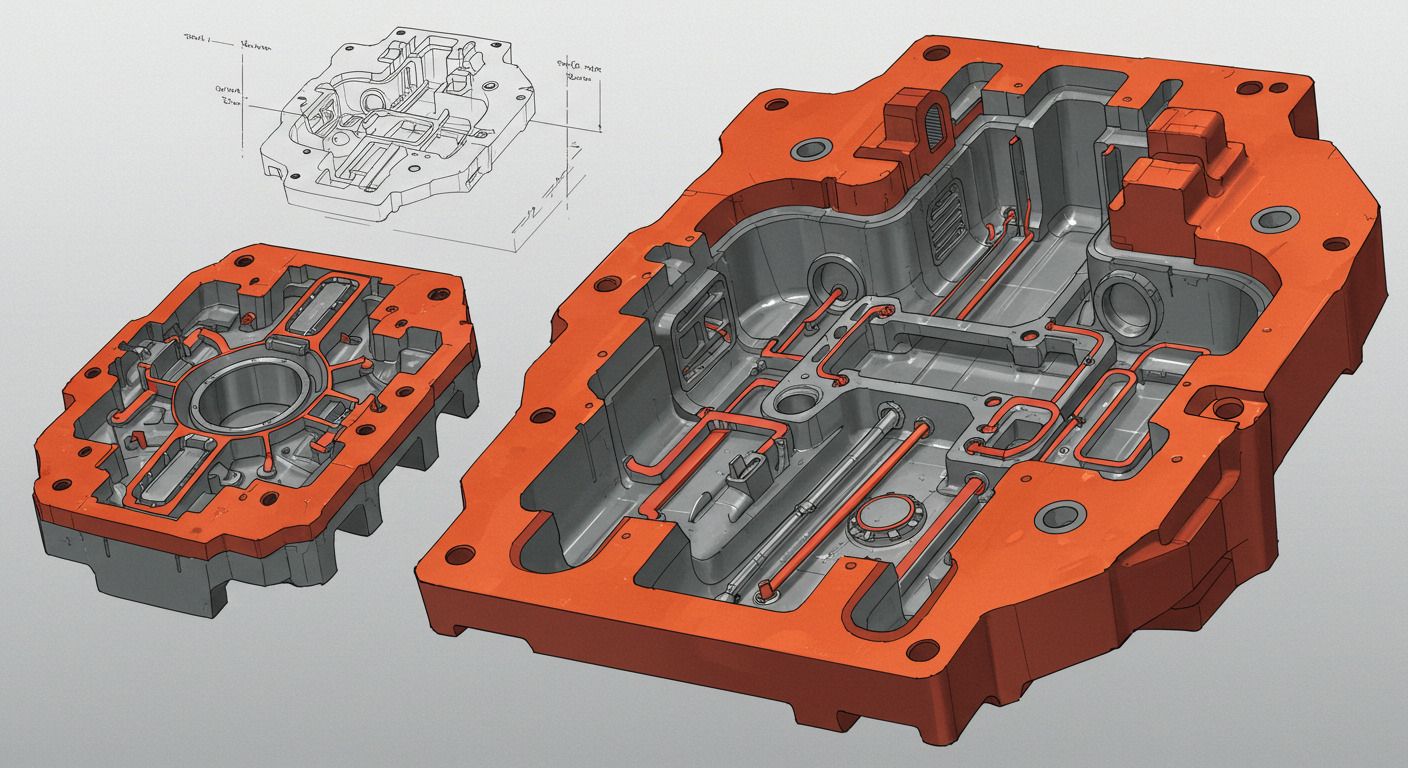
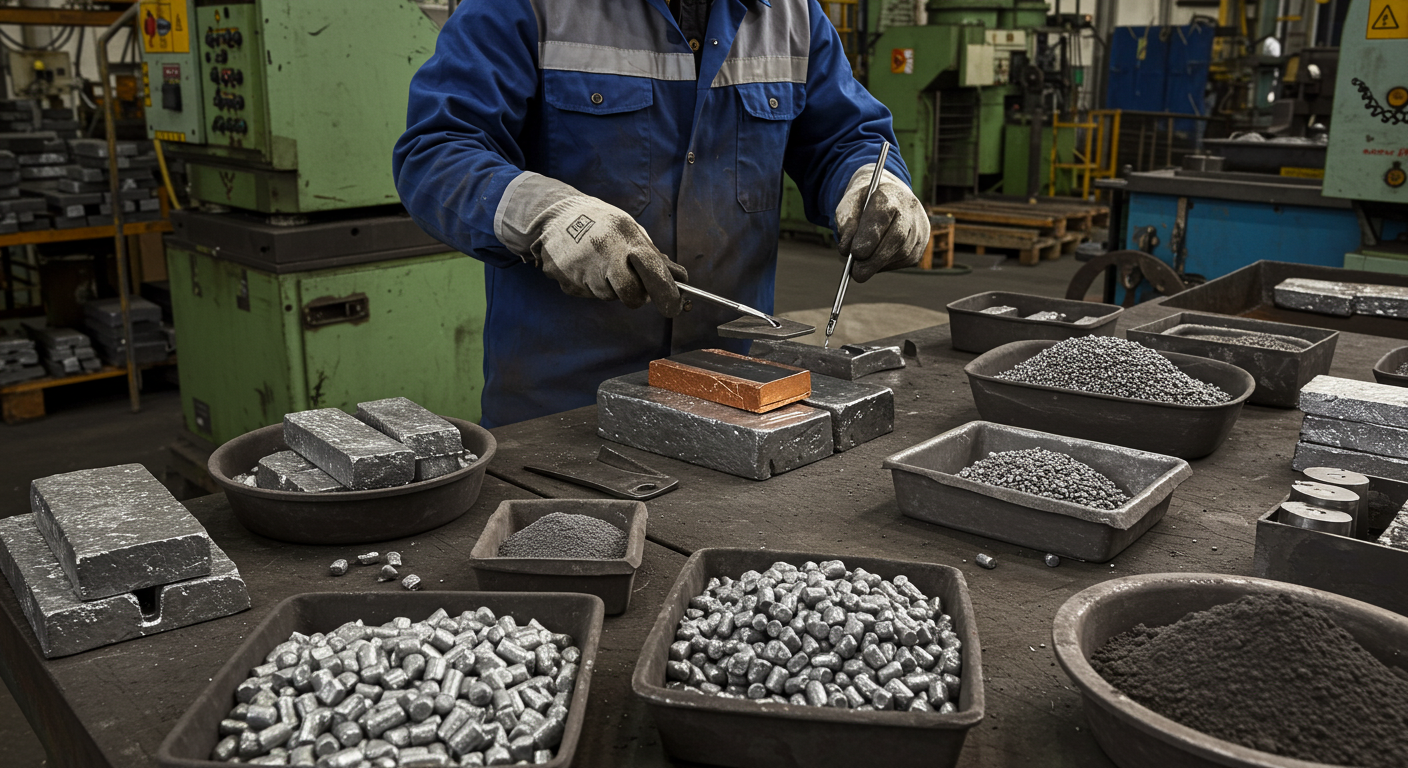
procedure 2: Raw Material Preparation
The casting process begins with careful material selection based on the component’s functional requirements, choosing from alloys such as cast iron, aluminum, or steel to meet specific mechanical and performance needs. The selected metals are then precisely melted using controlled heating methods like electric arc or induction furnaces, which bring the material to its optimal pouring temperature while maintaining strict composition control.
This phase combines metallurgical expertise with precision temperature management to ensure the molten metal meets all quality specifications before casting.
procedure 3:Pouring
The molten metal is carefully poured into the prepared mold cavity to form the desired casting part. This critical phase requires precise control of:
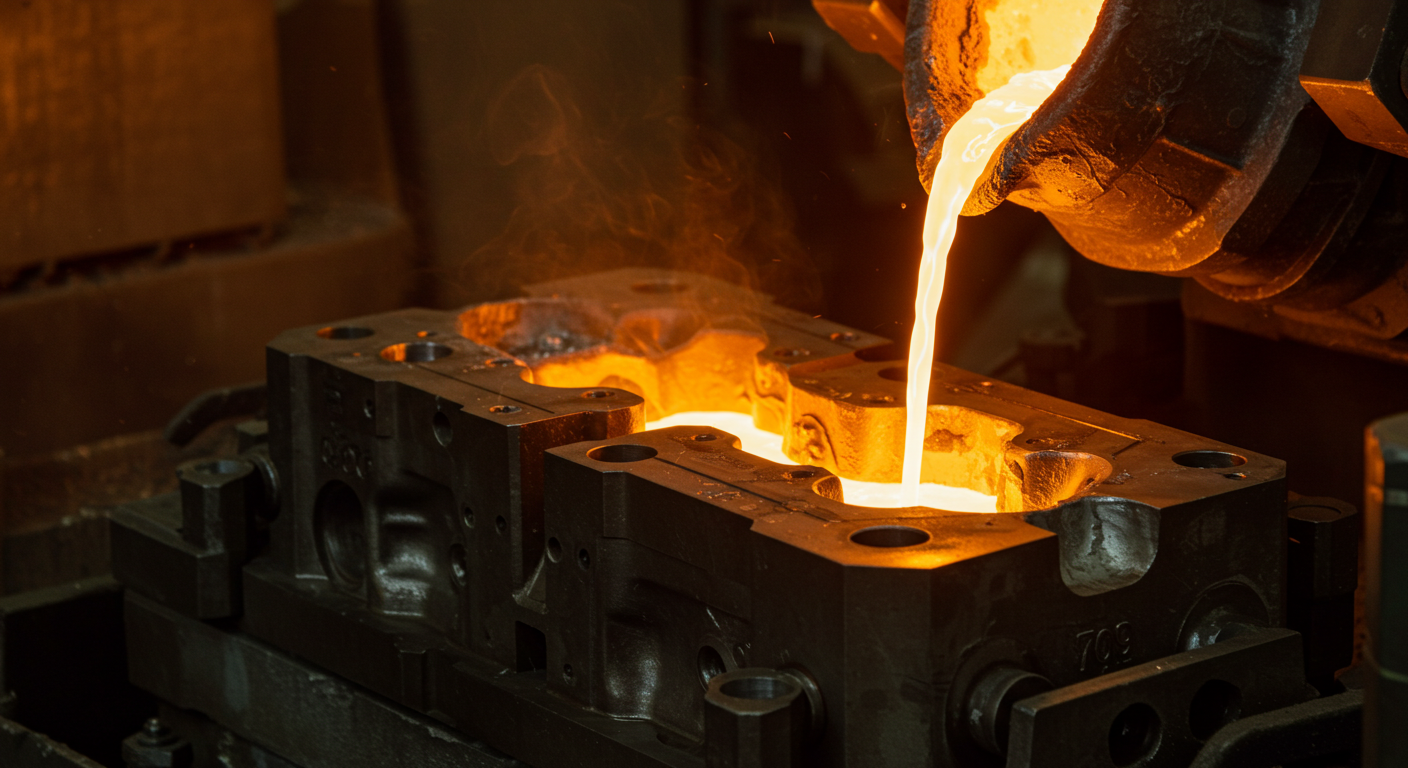
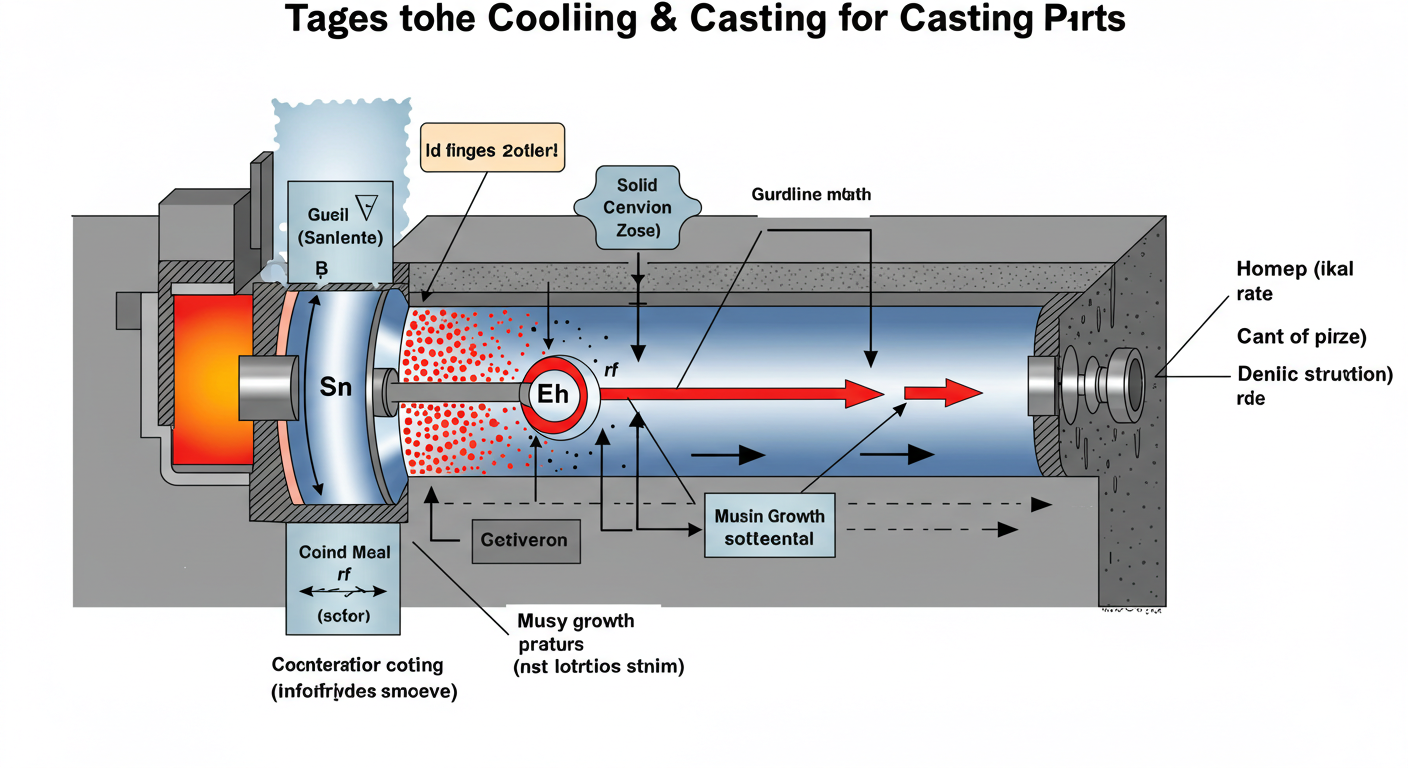
procedure 4: Cooling and solidification
Following mold pouring, the casting undergoes precisely managed cooling to achieve optimal metallurgical properties. The solidification period varies significantly based on component mass and section thickness, ranging from several hours for small castings to multiple days for heavy industrial parts.
During this critical phase, we actively control the alloy’s crystallization behavior through:
Strategic placement of cooling fins/chills
Controlled mold heating/cooling rates
Real-time temperature monitoring
procedure 5: Demoulding and cleaning
Following heat and surface treatments, fasteners undergo precise finishing operations including thread cutting, hole drilling, and end trimming. These final machining processes ensure every fastener meets exact dimensional specifications and functional requirements for reliable performance
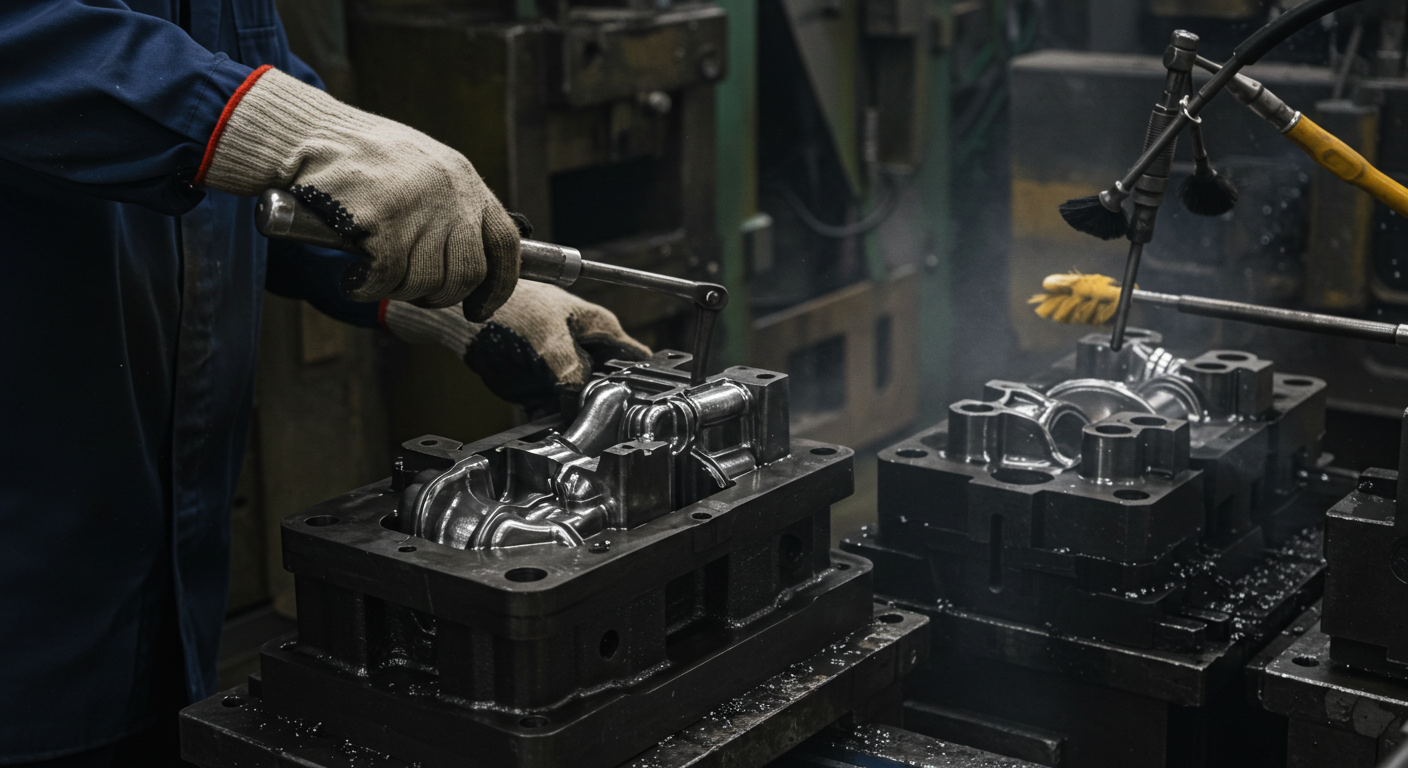
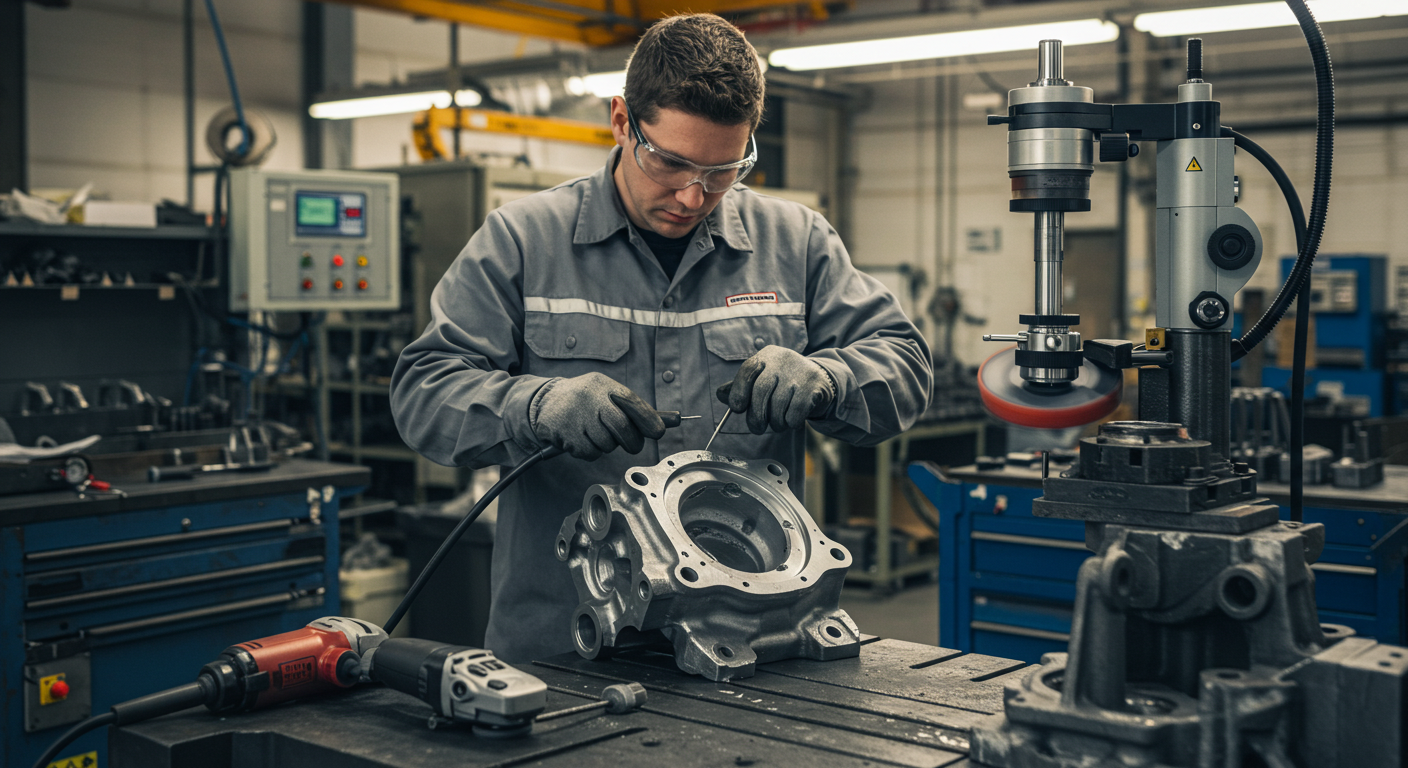
procedure 6: Inspection and post-processing
Throughout manufacturing, we enforce rigorous quality control protocols. Every production batch undergoes comprehensive testing of critical parameters – dimensional accuracy, mechanical strength, thread precision, and surface integrity – to guarantee full compliance with international standards such as ISO, DIN, and ASTM specifications. Our certified inspection processes ensure only components meeting exacting tolerances proceed to shipment.
procedure 7: Surface treatment
After completing all inspections and post-processing, the castings are finished and ready for delivery to customers or assembly into final products.
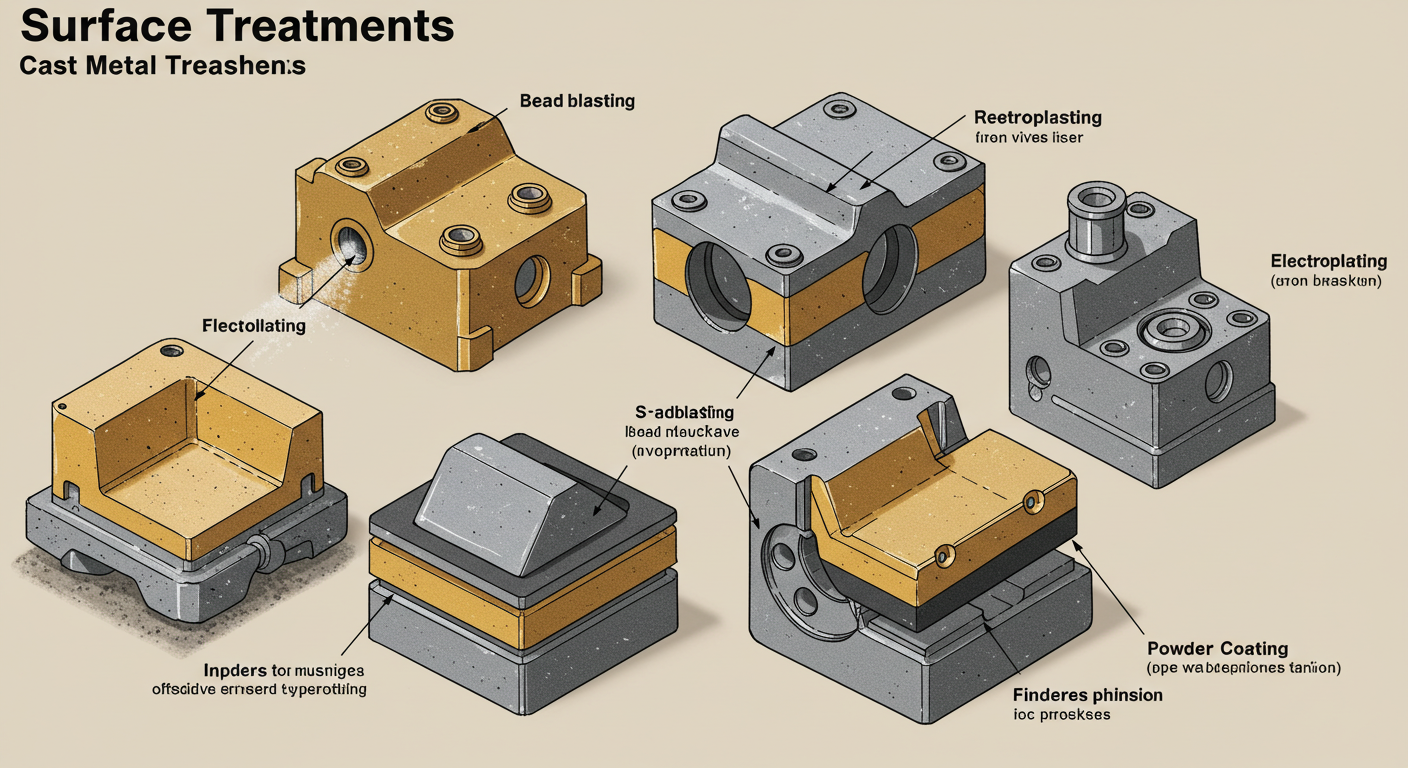
Sixteenth:What Our Clients Said

Maximilian
Product Manager, PM
“Die Zusammenarbeit mit Prime hat unseren Fertigungsprozess erheblich rationalisiert. Ihre Präzision und schnellen Durchlaufzeiten waren ein Schlüsselfaktor für unseren Produktionserfolg.”

Kenta Sato
Purchasing manager,UACJ
“プライムとの協力により、製造工程が大幅に合理化されました。彼らの精度と迅速な納期は、私たちの生産成功の重要な要因となっています”

Elias Söderberg
Production Supervisor,Sandvik AB
“Att arbeta med Prime har avsevärt effektiviserat vår tillverkningsprocess. Deras precision och snabba handläggningstider har varit en nyckelfaktor för vår produktionsframgång.”
Seventeenth:Manufacturing & Packing at A Glance
Eighteenth:In Summary
Supplier selection in casting goes well beyond quoting the lowest price. This guide has highlighted the essentials—process knowledge, material expertise, quality assurance, and global supply reliability. True advantage comes from working with a partner who safeguards today’s performance while fueling tomorrow’s innovation.
Essential Insights for B2B Buyers
- Technical Excellence is Essential: Precision Through Expertise: Today’s castings demand skilled process control and the capability to handle everything from simple parts to intricate geometries.
- Quality Cannot Be Compromised: Zero-Defect Focus: Robust quality control and complete traceability protect your supply chain from costly rework or downtime.
- Think in Terms of Total Cost: Beyond Unit Price: A slightly higher part price may reduce overall expenses by minimizing risk and improving manufacturability.
- Value Strategic Partnerships:Collaborative Advantage: The right partner contributes to your success with proactive design support and sharedaccountability.
- Global Reach, Local Responsiveness:International Strength, Local Care: The best suppliers balance global logistics with on-the-ground support.


How PRIME Leads the Industry
PRIME brings over three decades of experience in supplying tailored fasteners to global sectors including automotive, power, construction, and heavy machinery. From intricate bolts to performance-critical screws, our modern facilities and strict quality programs ensure every part meets exact standards.
We don’t just make parts—we add value through engineering input, material guidance, protective coatings, and complete packaging services. Whether for a pilot run or mass production, PRIME is your one-stop fastener partner.
Worldwide Reach, Local Expertise
With carefully designed export packaging, accurate documentation, and proactive customer service, we make international shipping seamless and reliable.
Whether you need a small order or global supply coverage, PRIME provides tailored fastener solutions with the scalability to match your growth.

Receive a competitive quote within 24 hours
With Prime, you will receive a competitive quote within 24 hours — helping you save valuable time in sourcing decisions. Rapid response means you can compare costs, plan budgets, and accelerate your project schedule with confidence.
Simply Customize Metals
Finding top-quality custom metal parts does not have to be complicated. At Prime, we guide you through it in three easy steps:
Three Decades of Trusted Production Experience, Delivered from Our Own Facilities
Custom-Designed Components Engineered for Your Specific Applications
Worldwide Delivery Network with End-to-End Logistics Services
Fast and Transparent Quotes with No Hidden Conditions
Your Designs and Information Stay Fully Confidential — Guaranteed
After you confirm the design and pricing, we will start production and manage the shipping—making sure everything arrives on time.
Reach out to us for a free quote and expert advice on your custom hardware needs. At Prime, we will provide the right solution for your project, ensuring quality and precision every step of the way.
